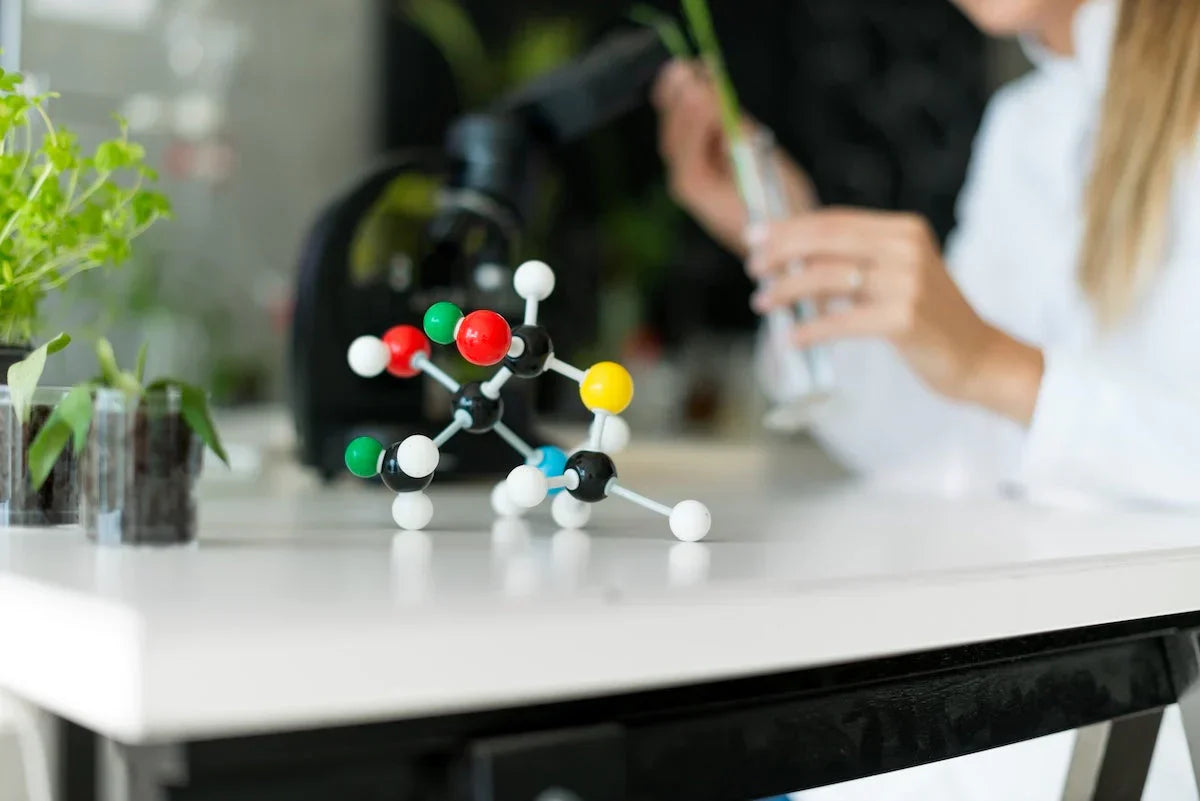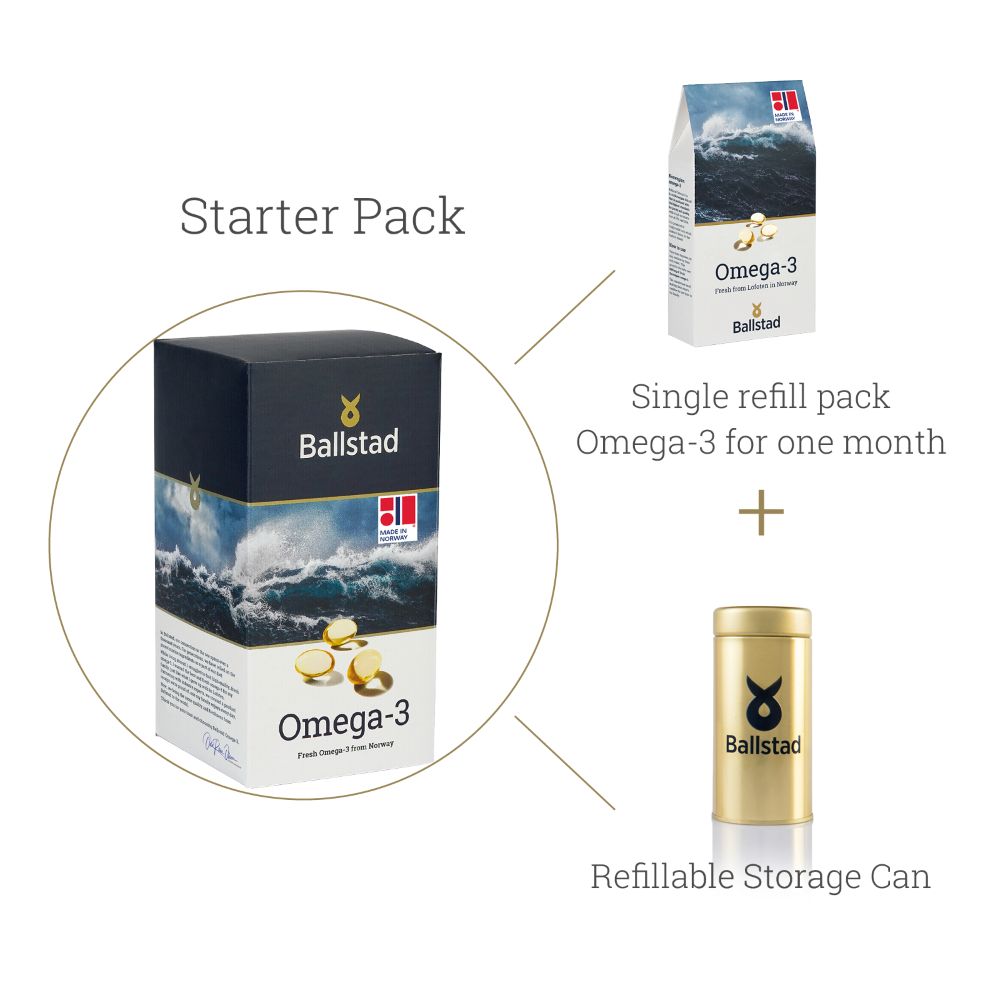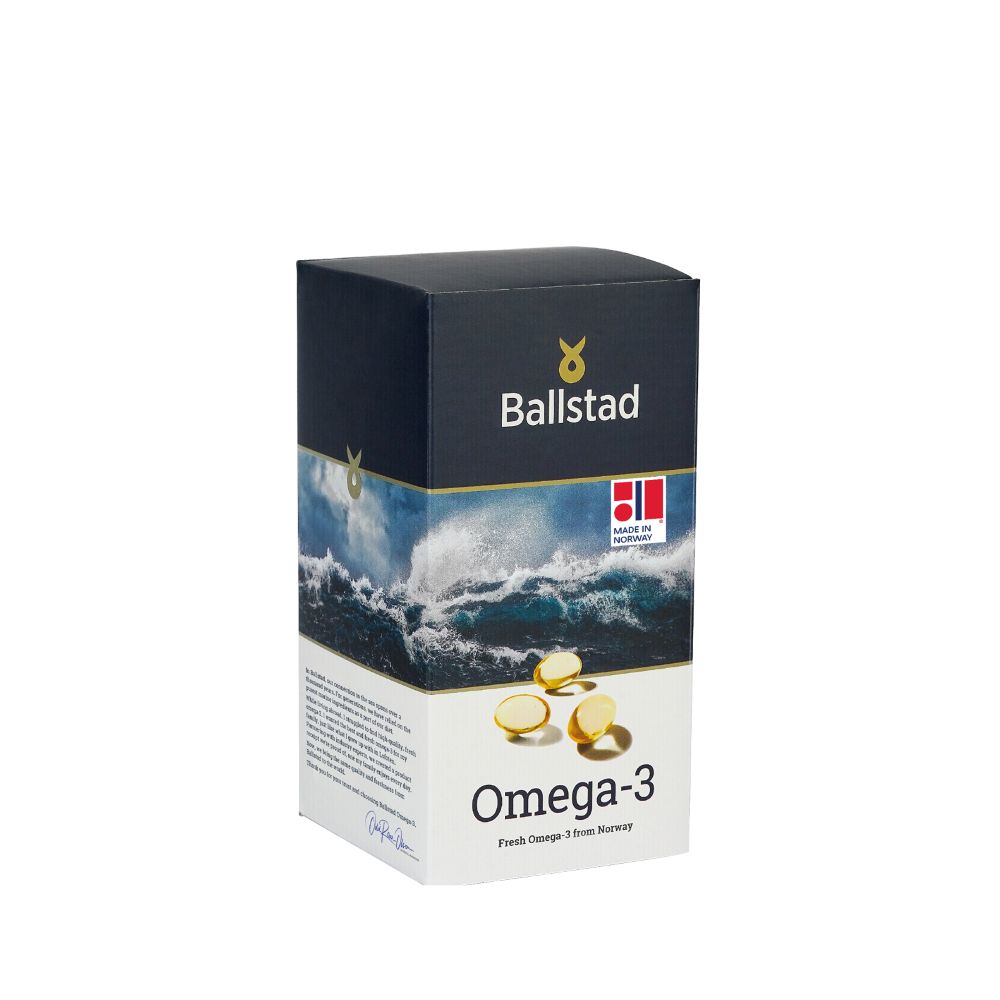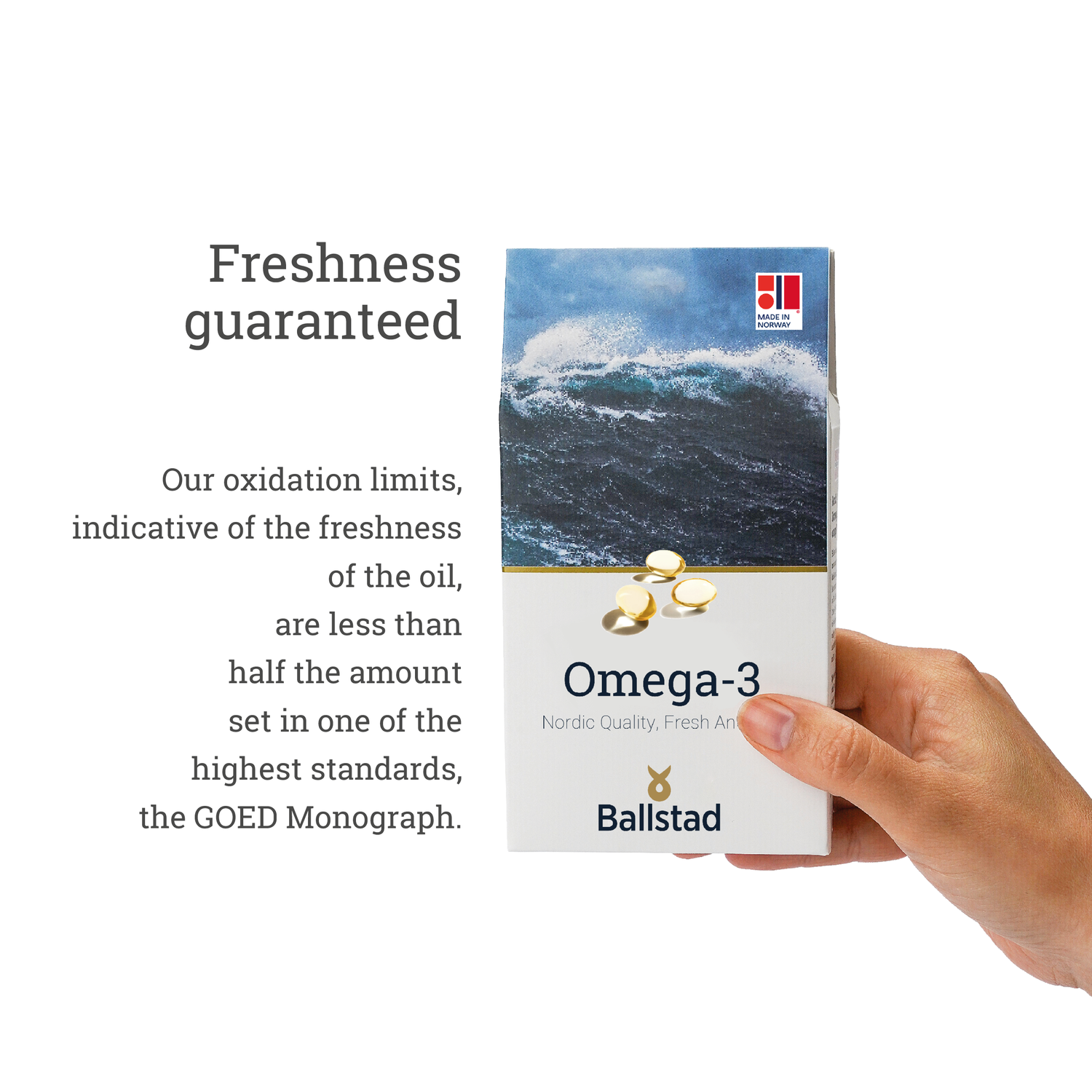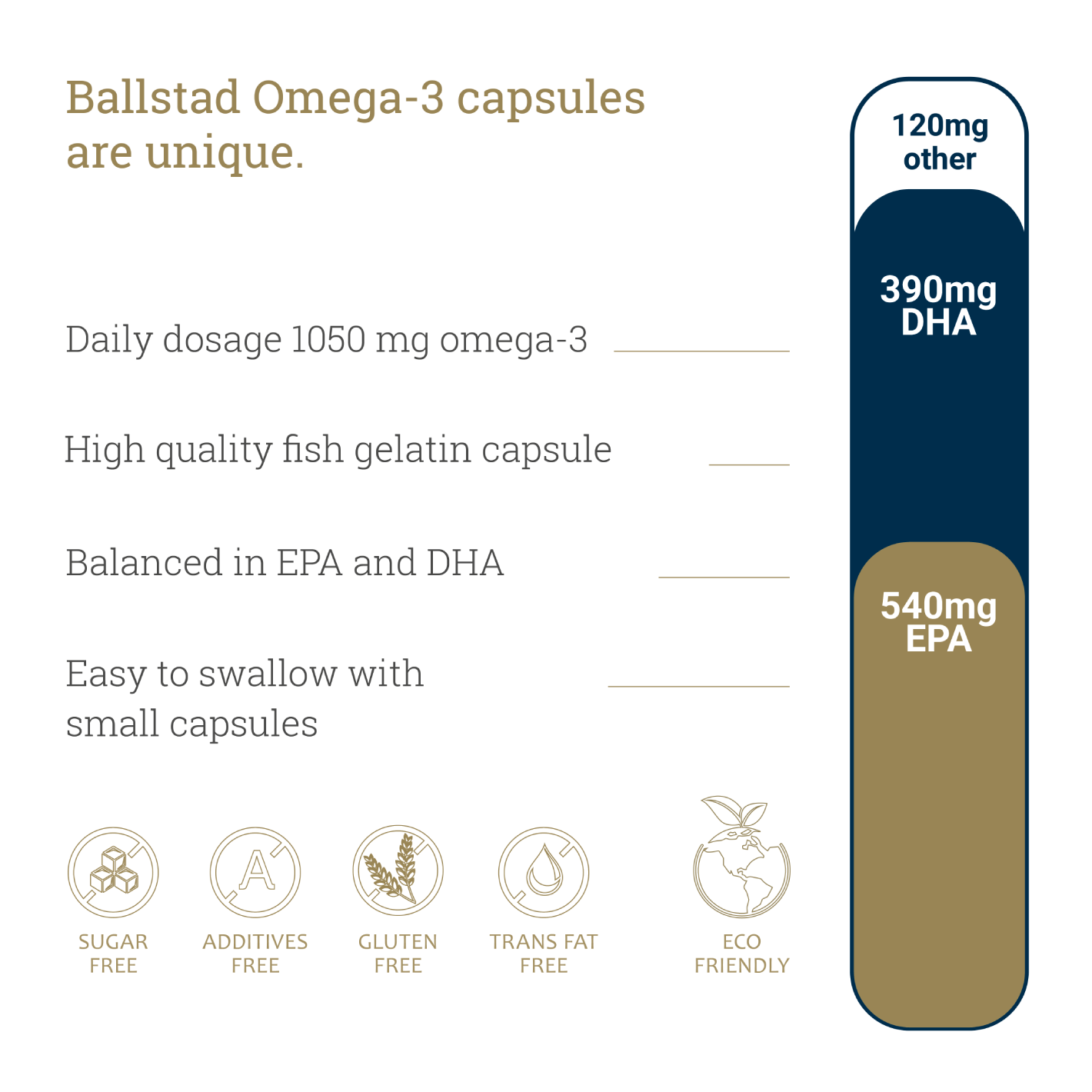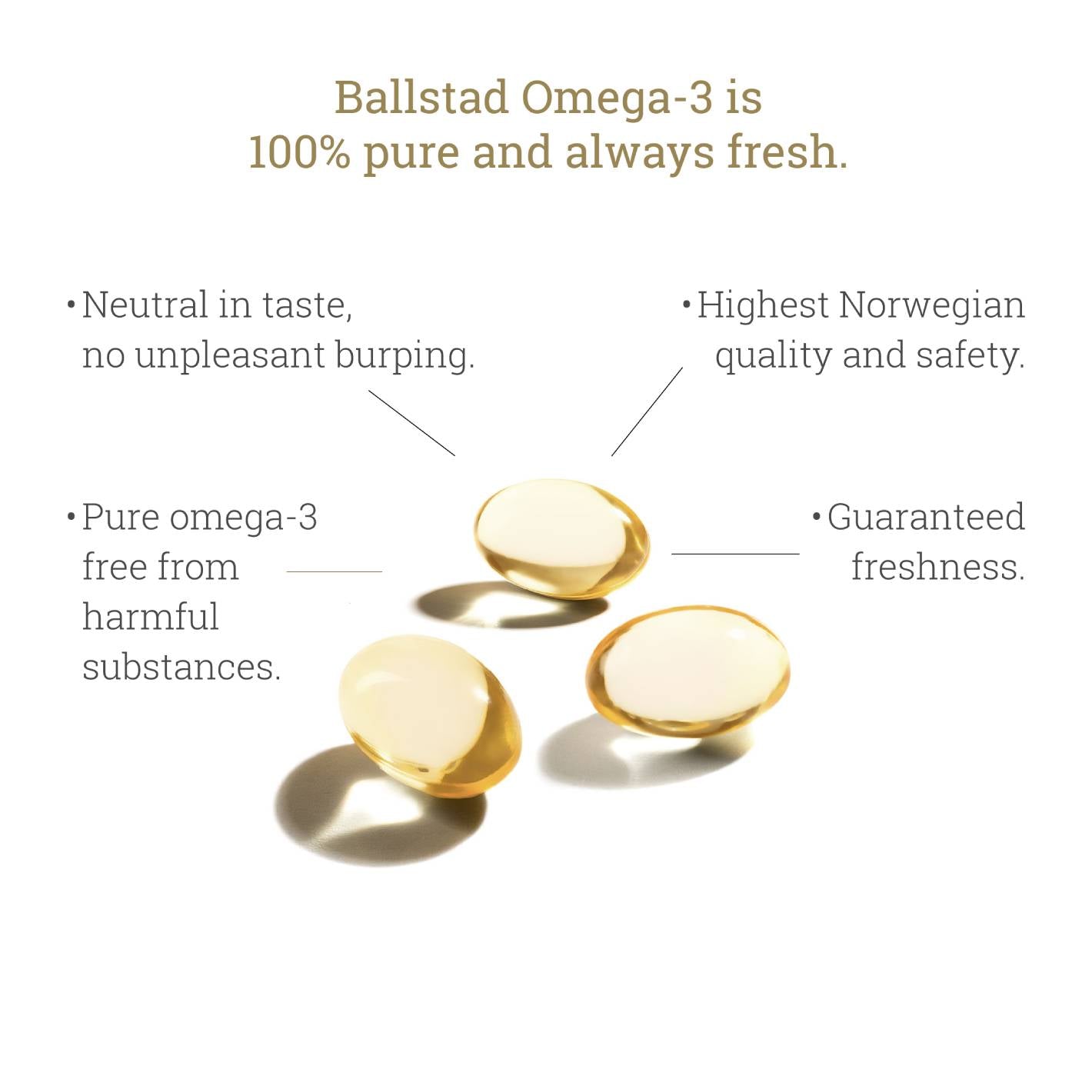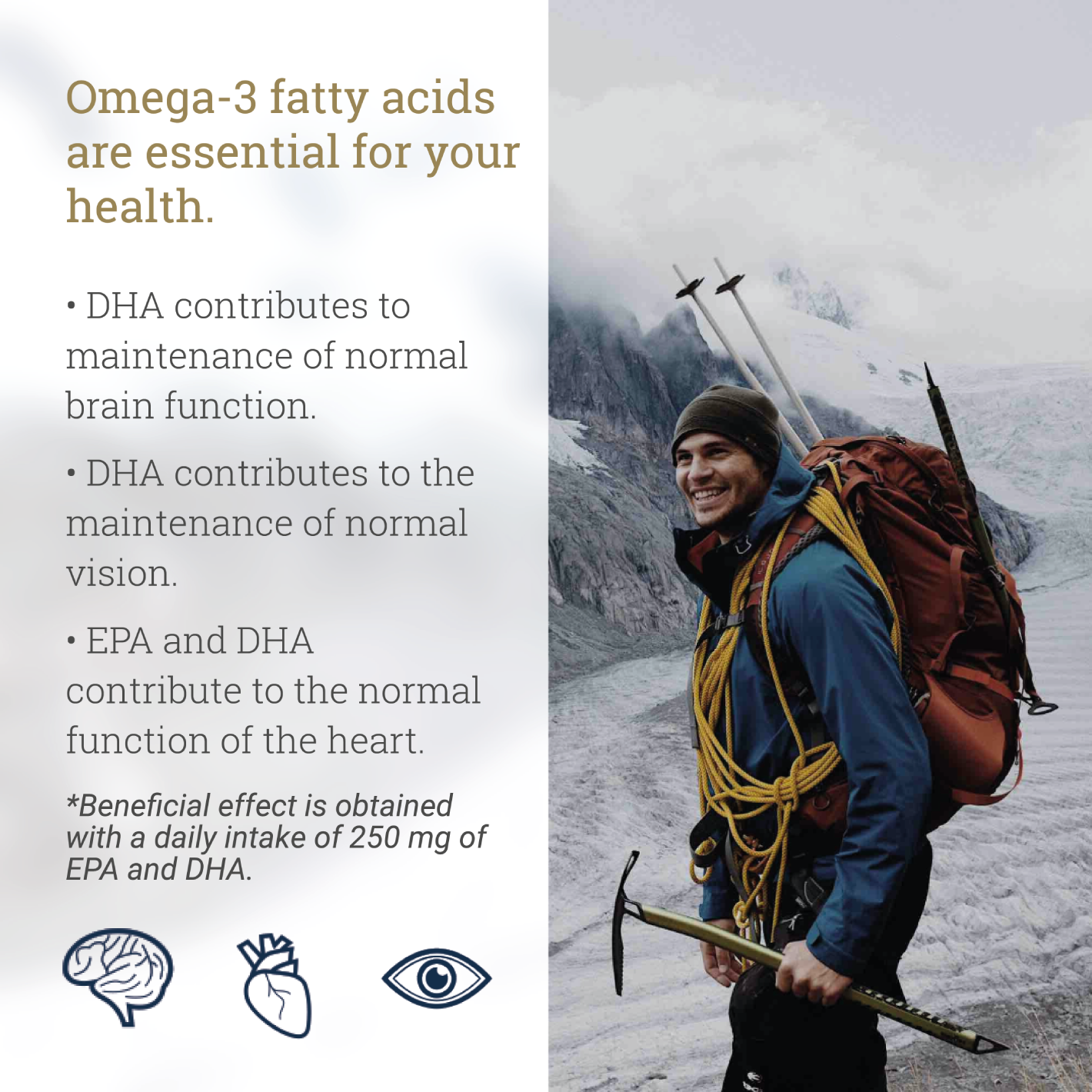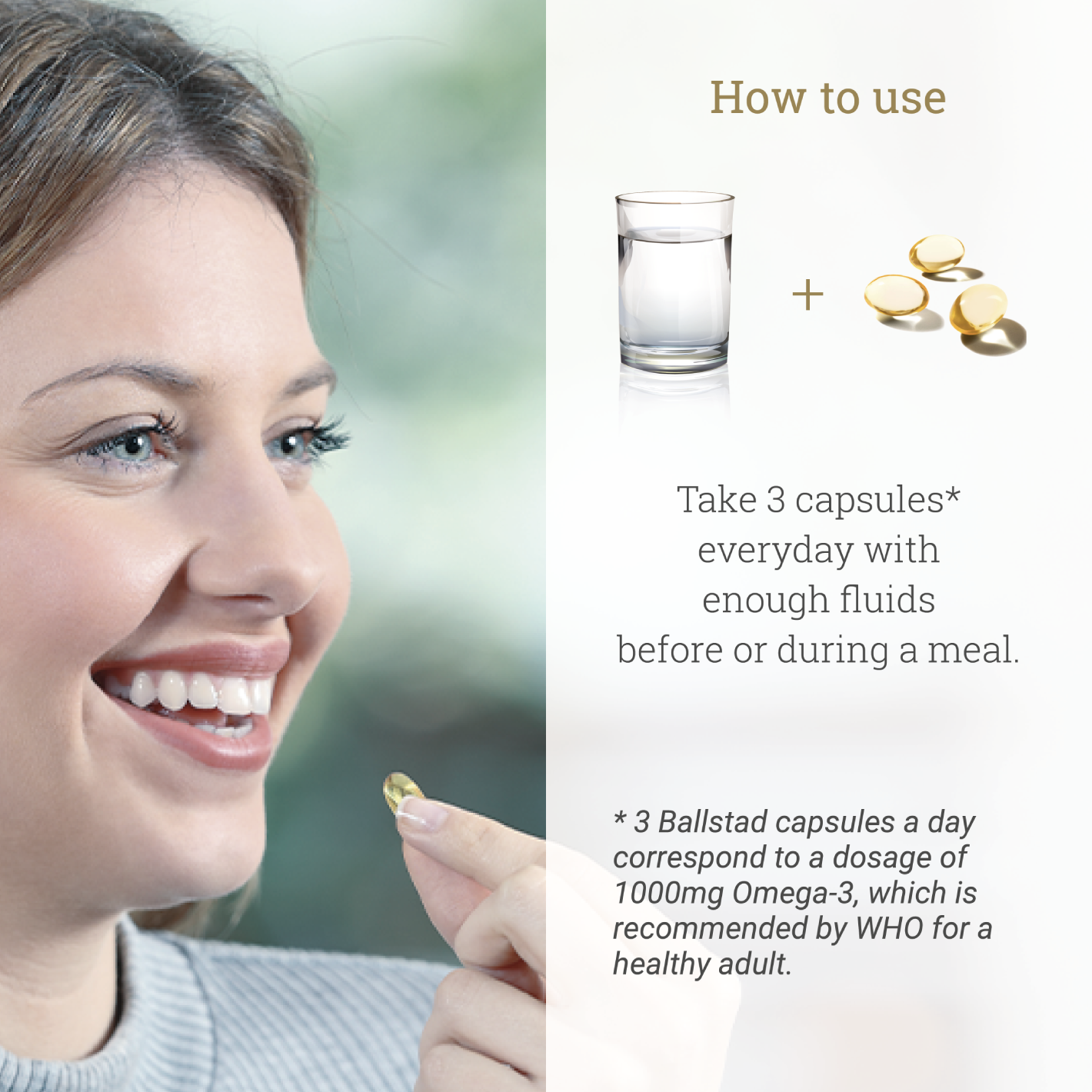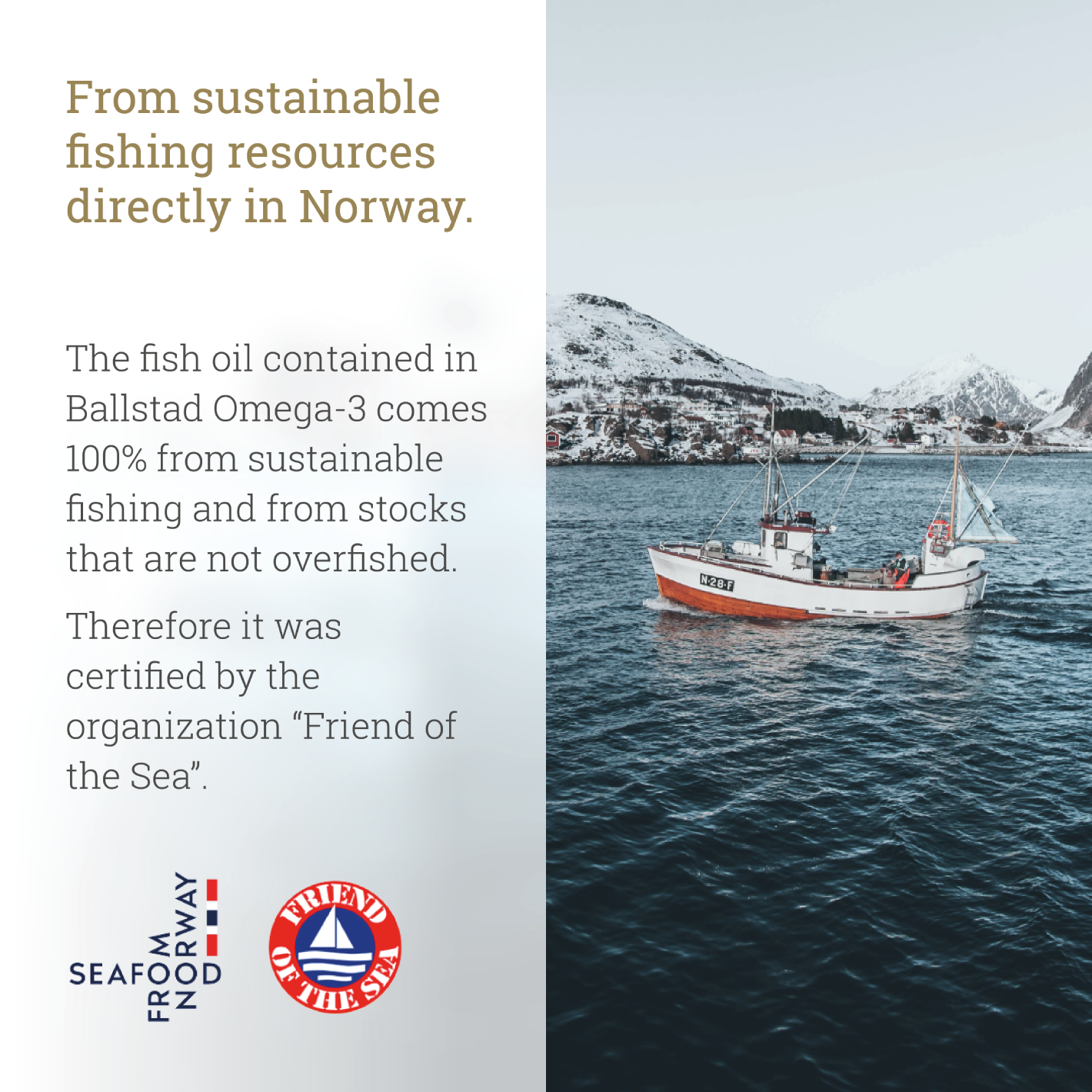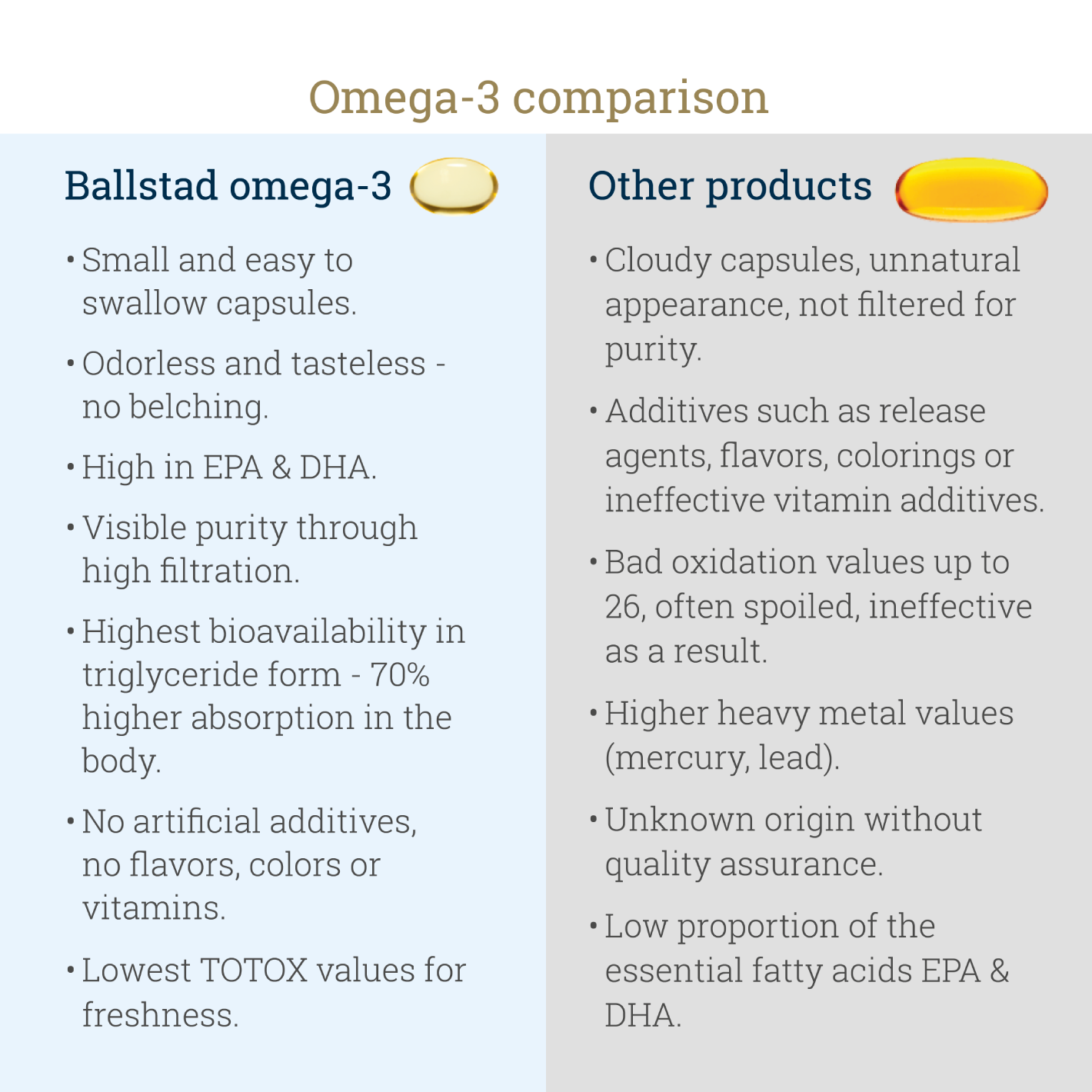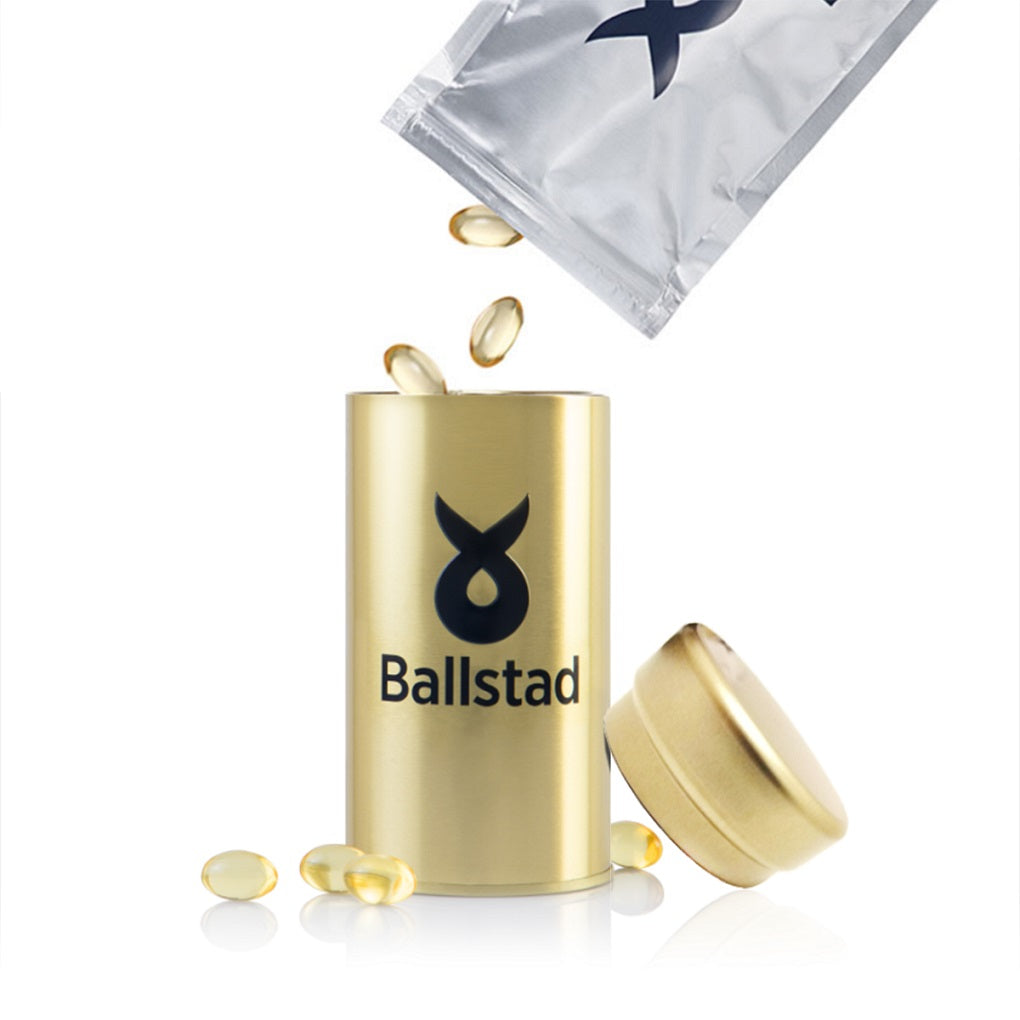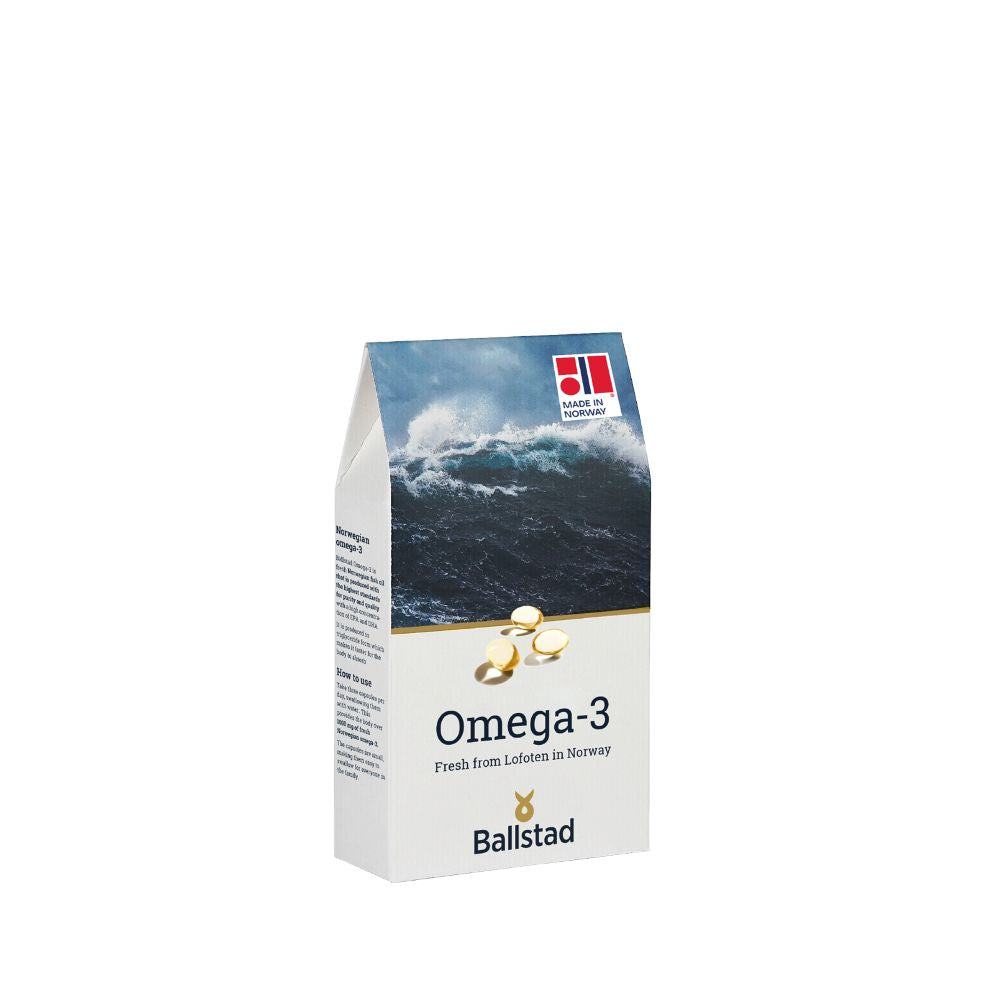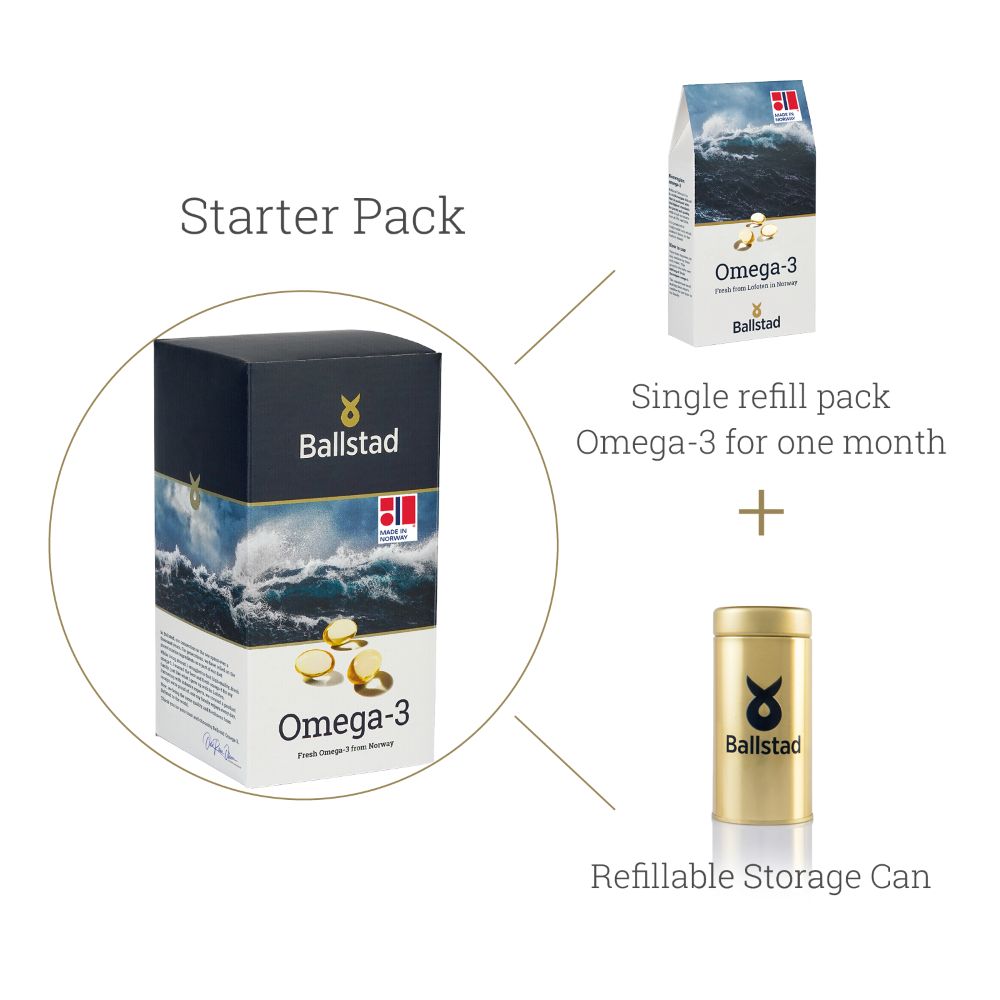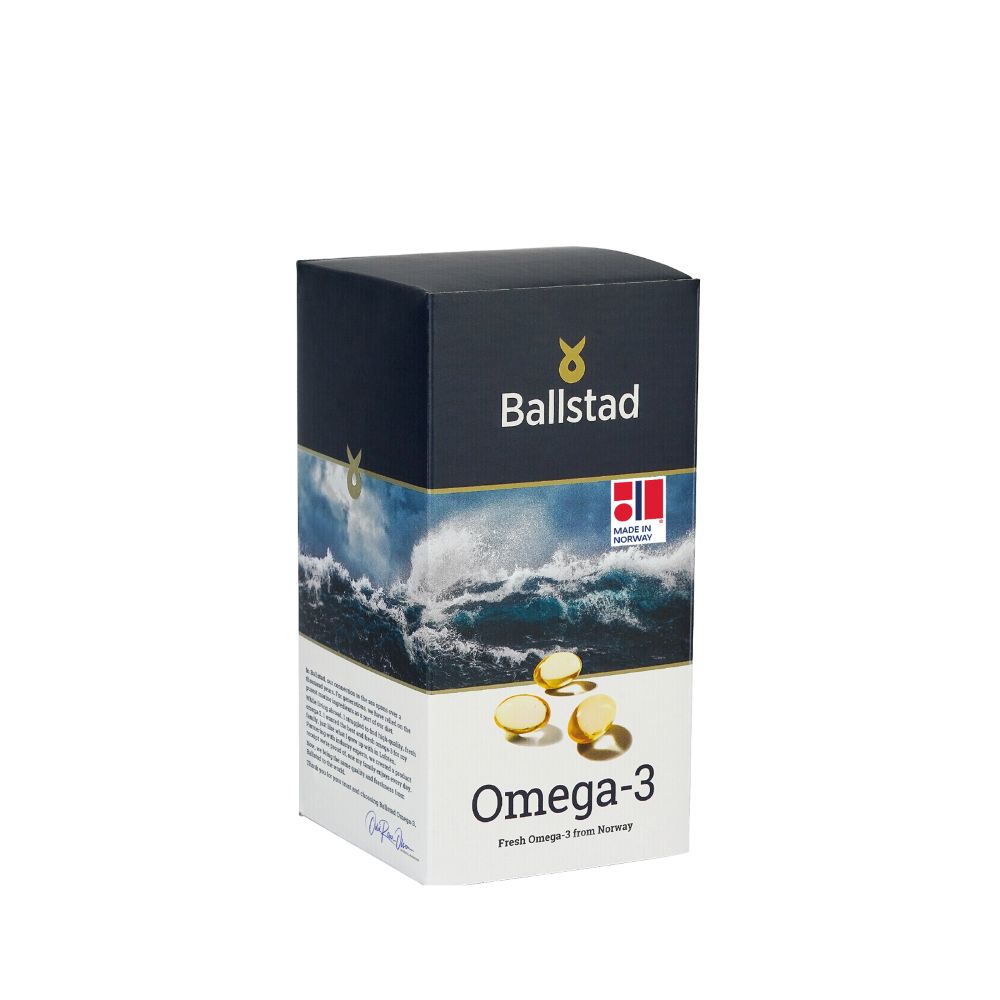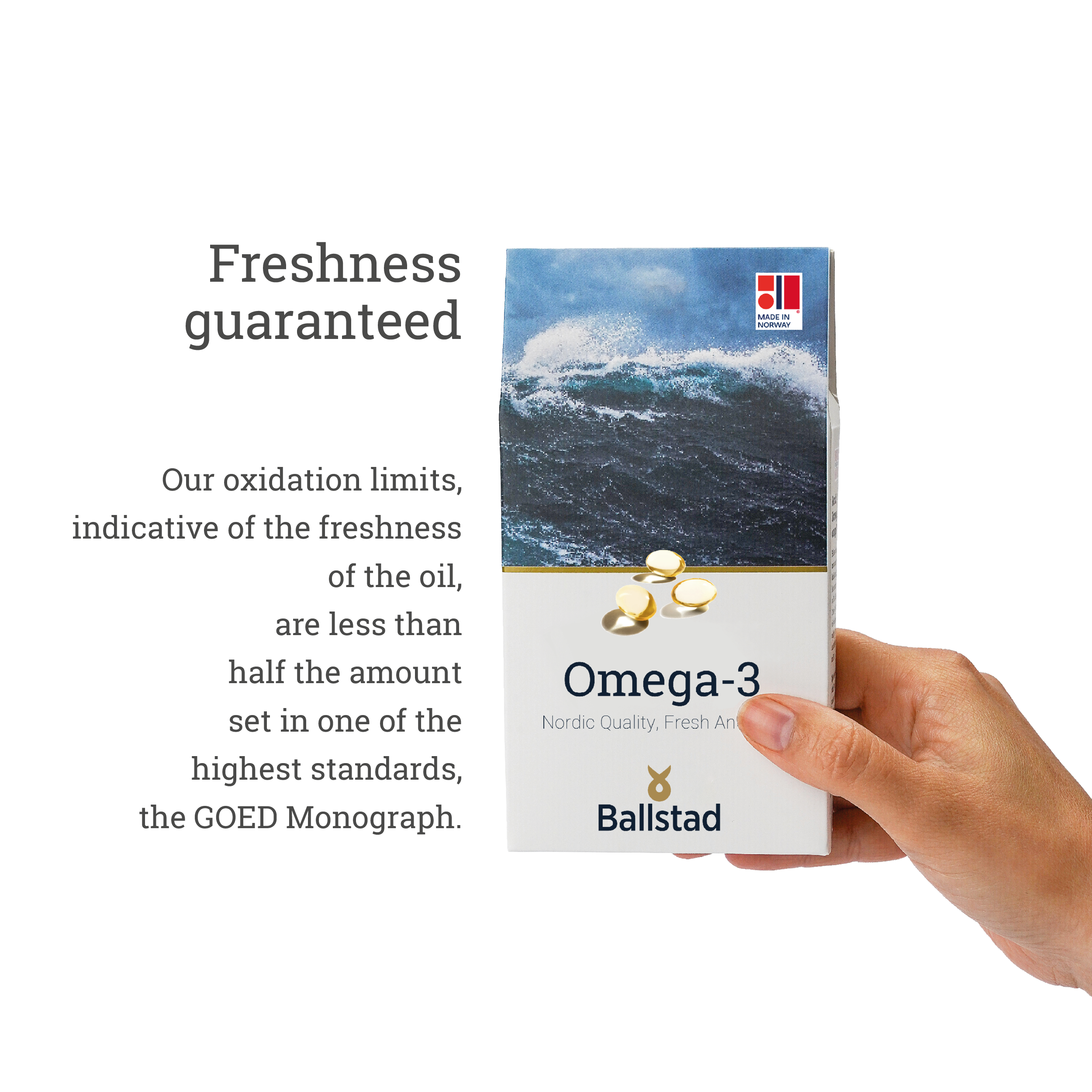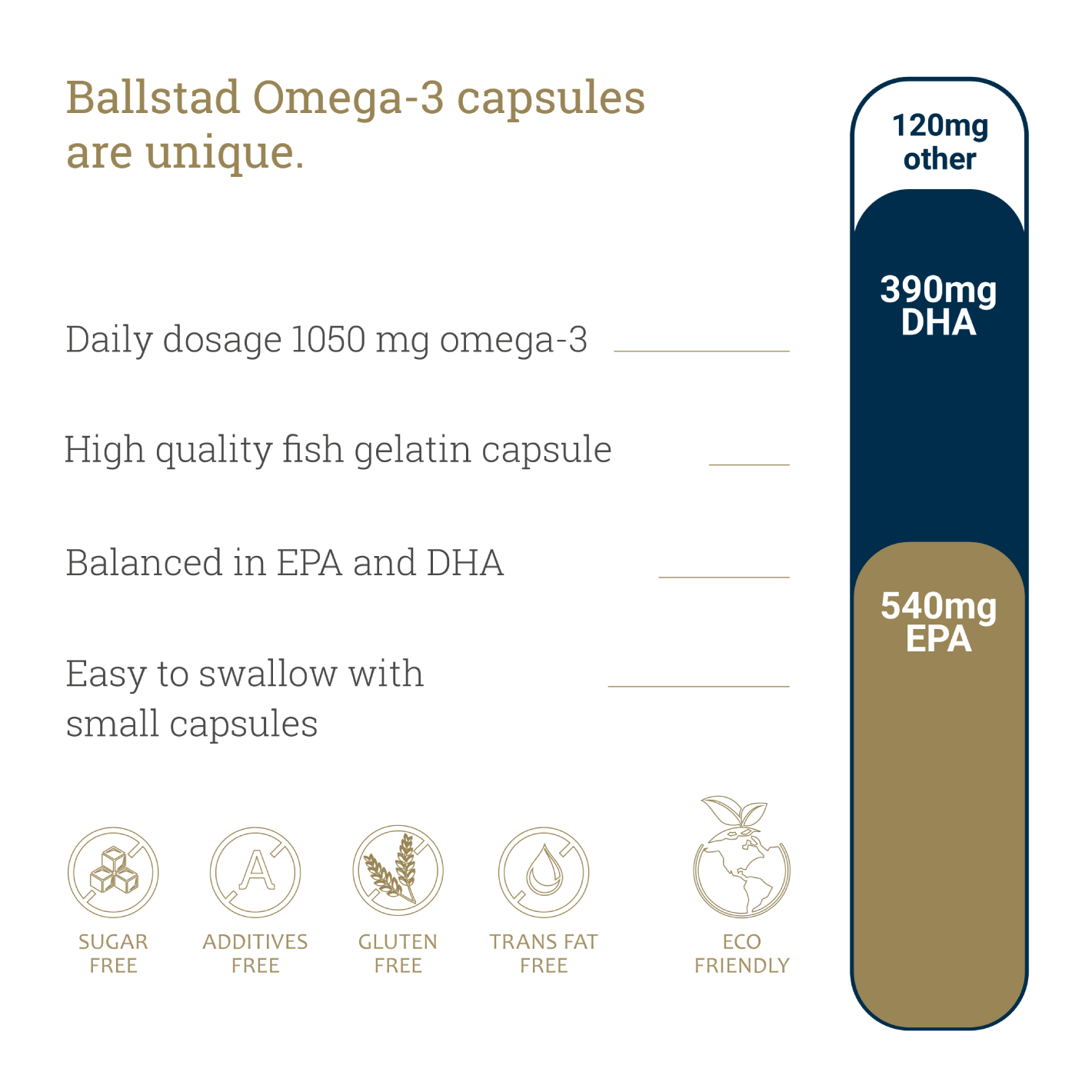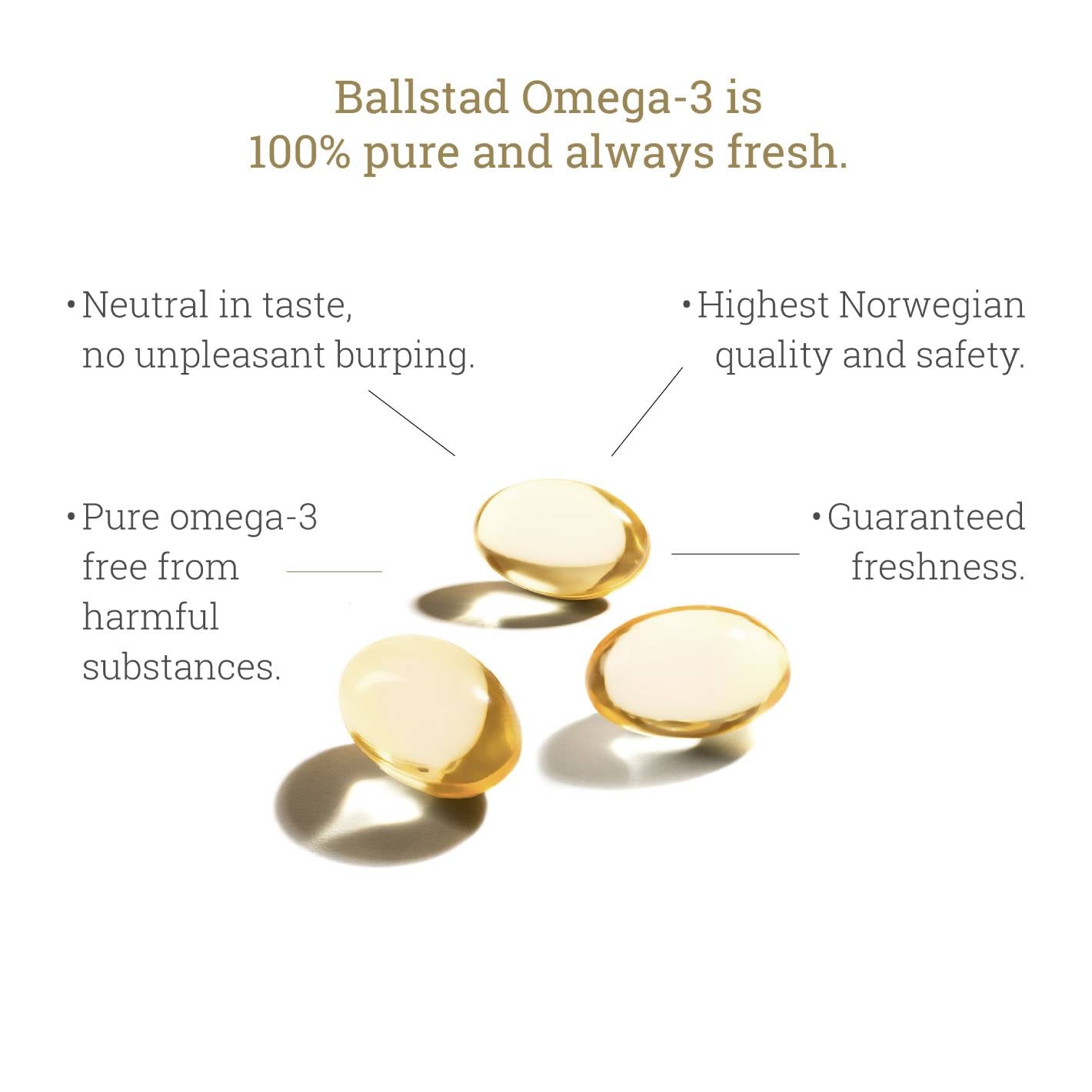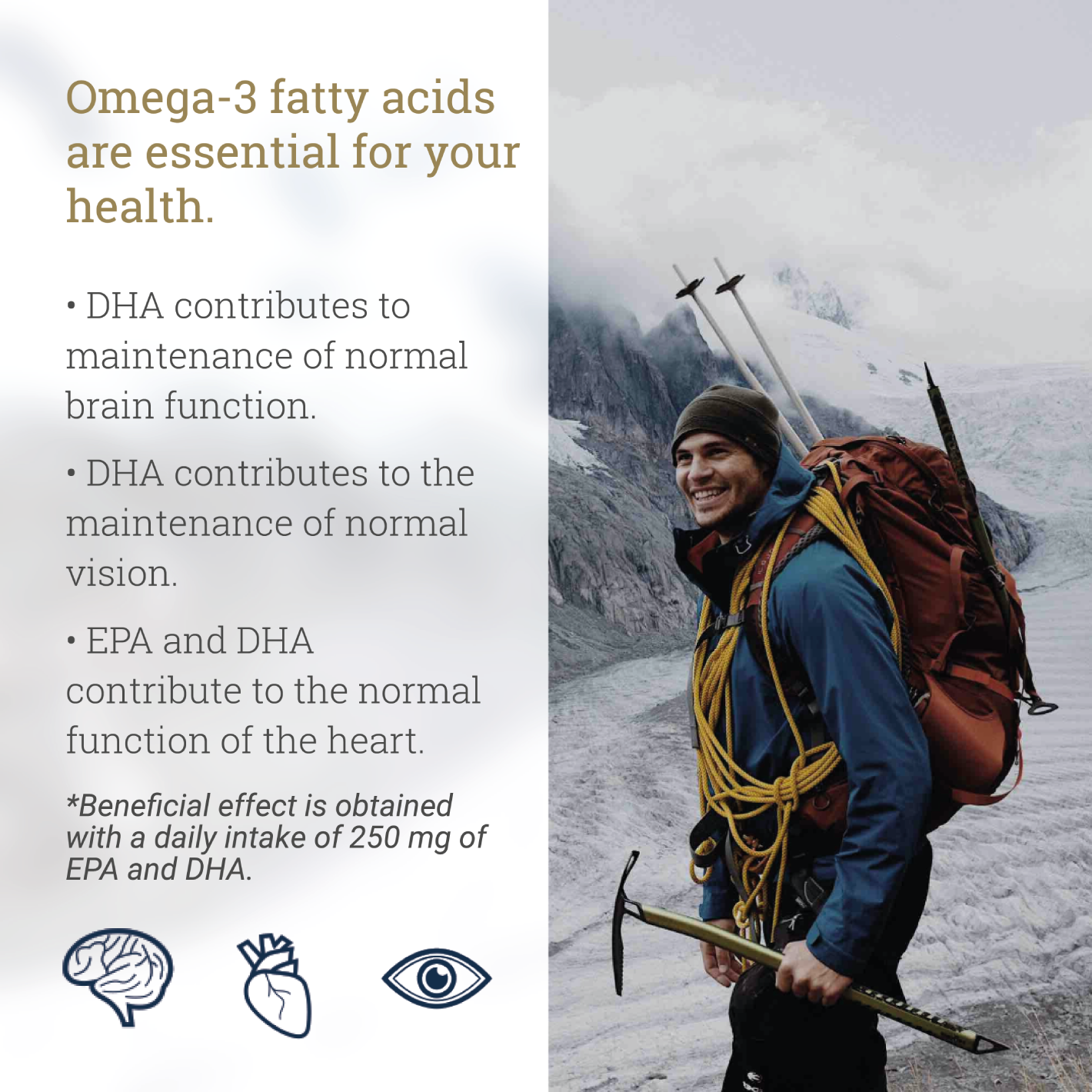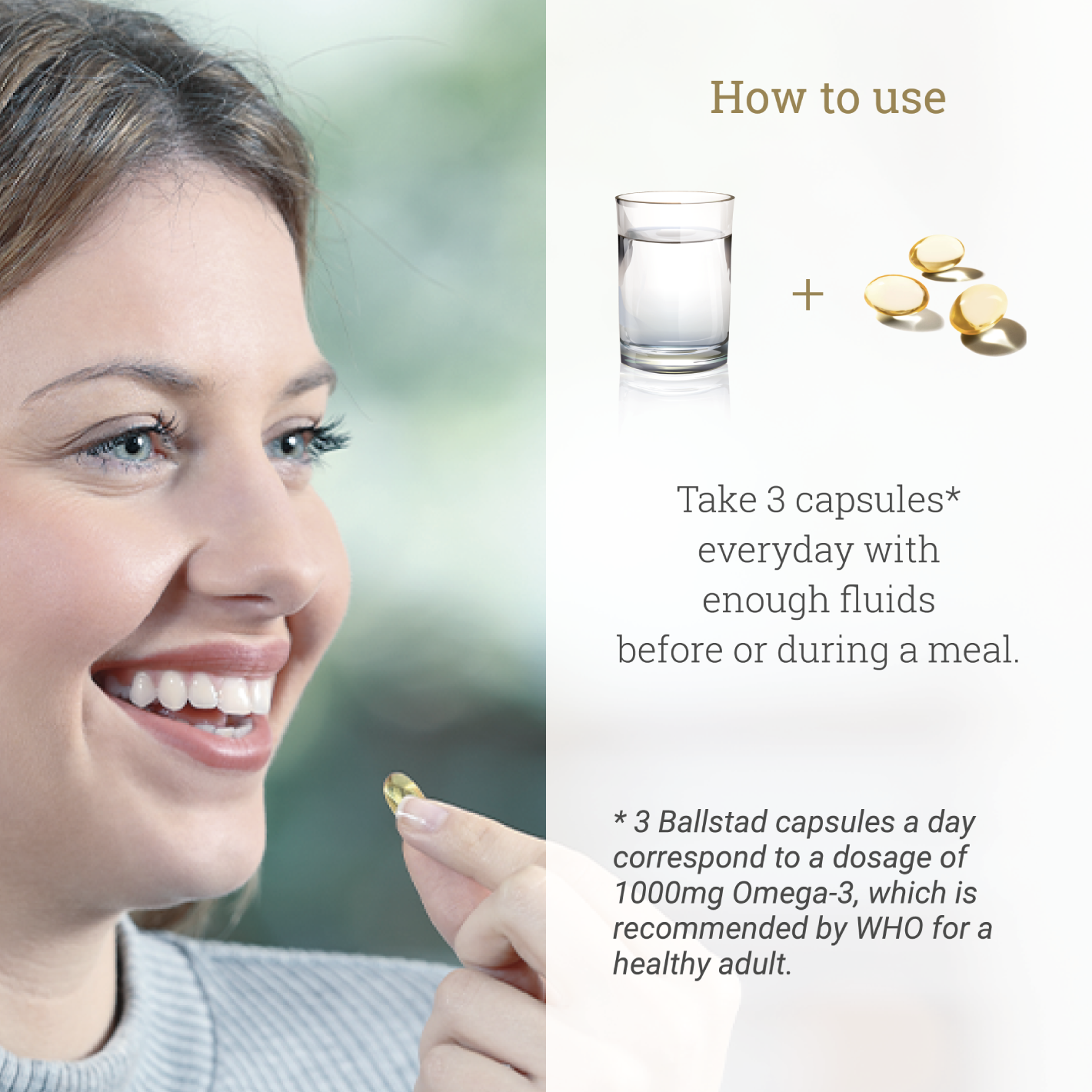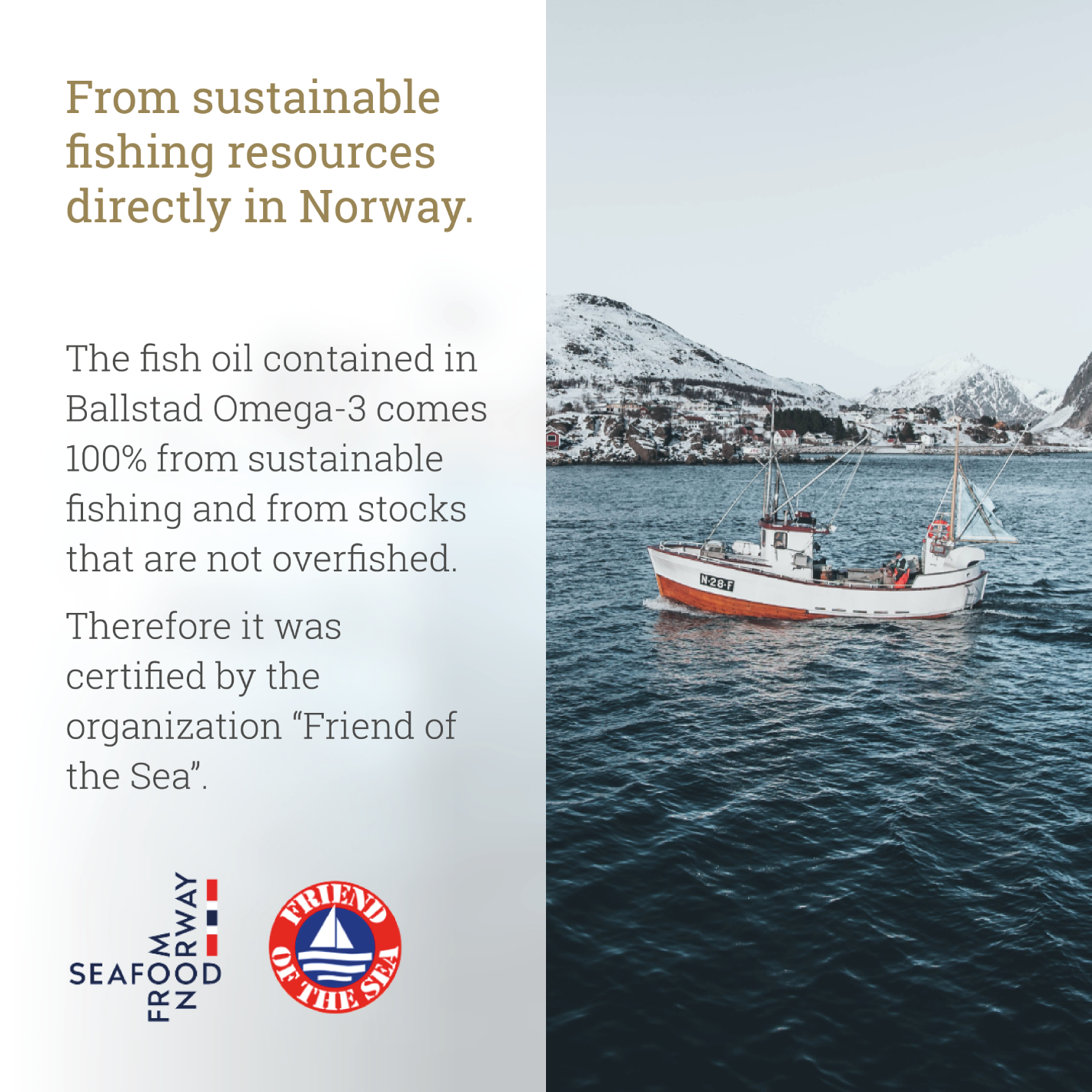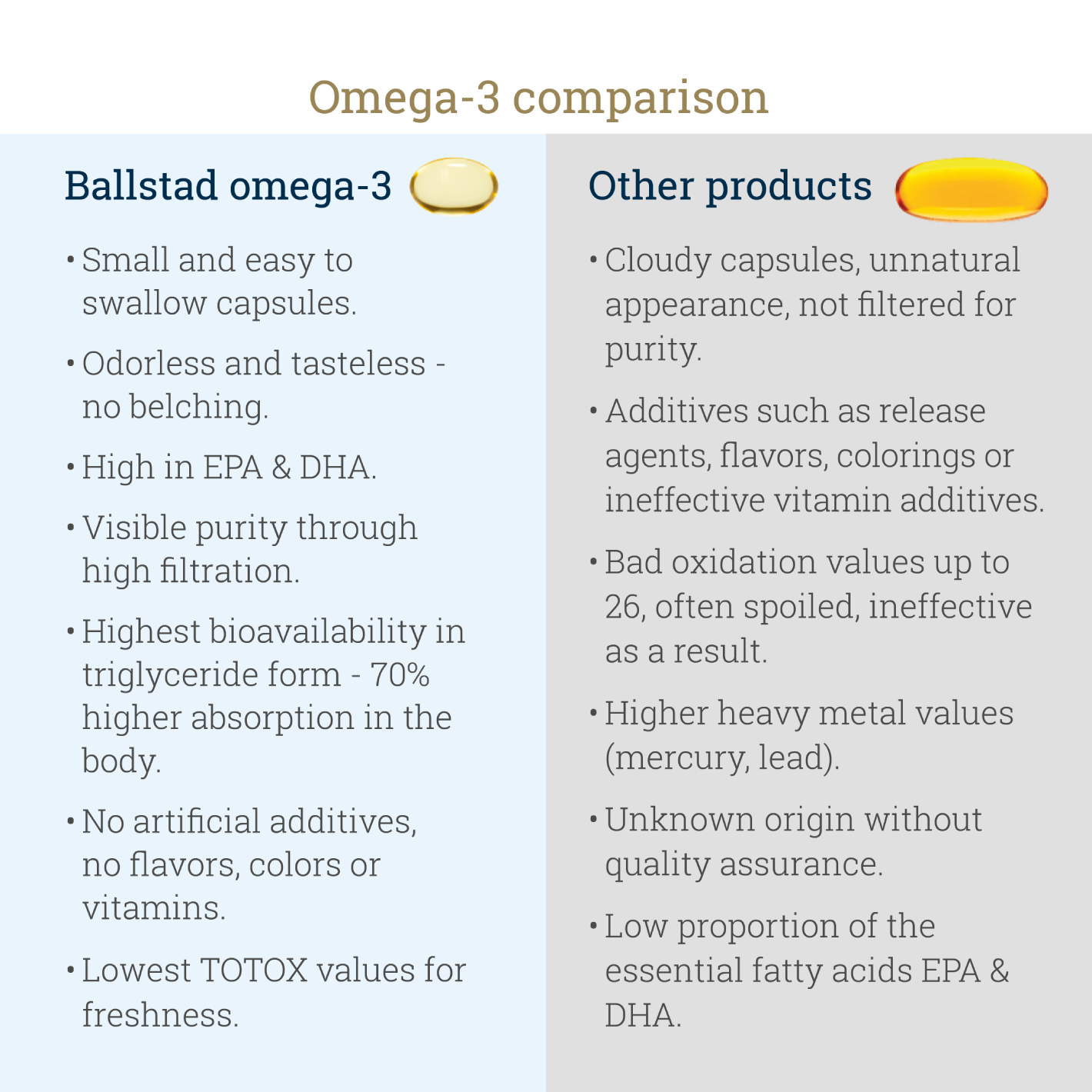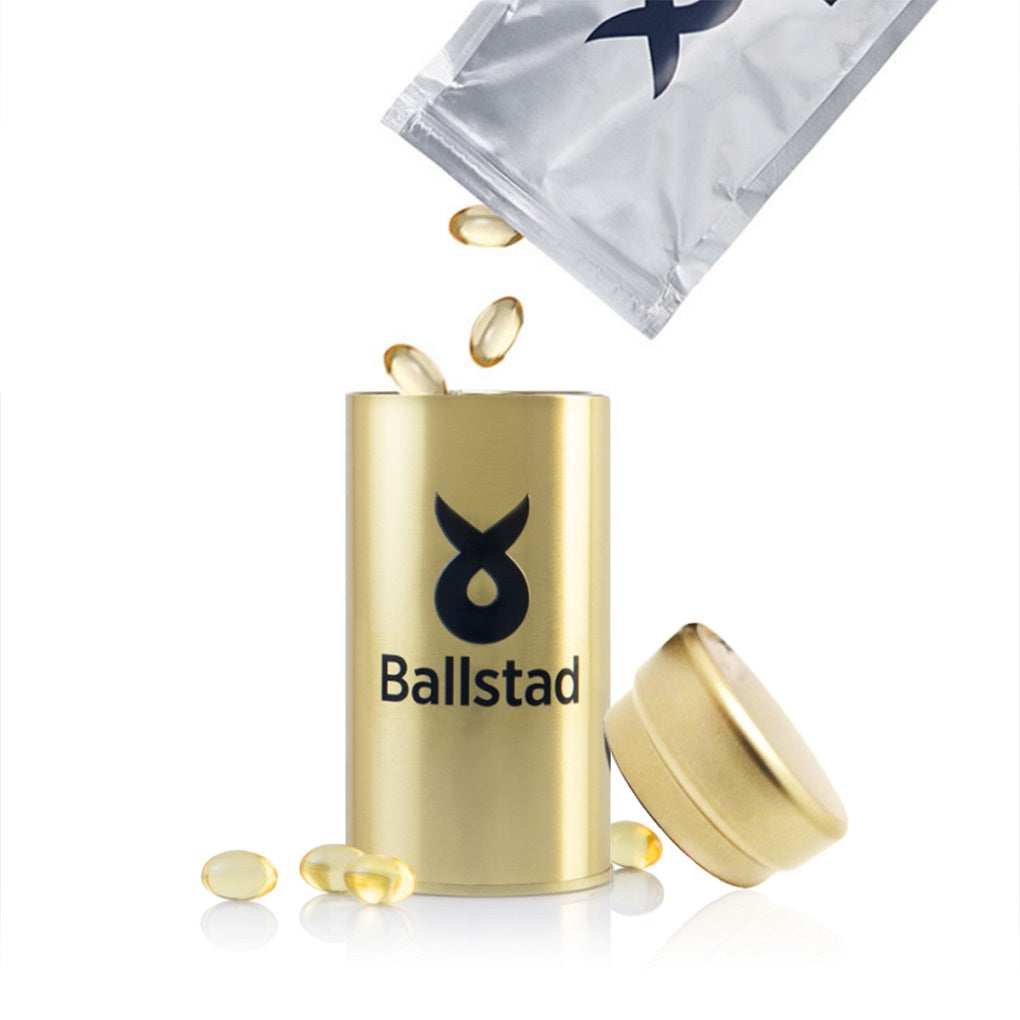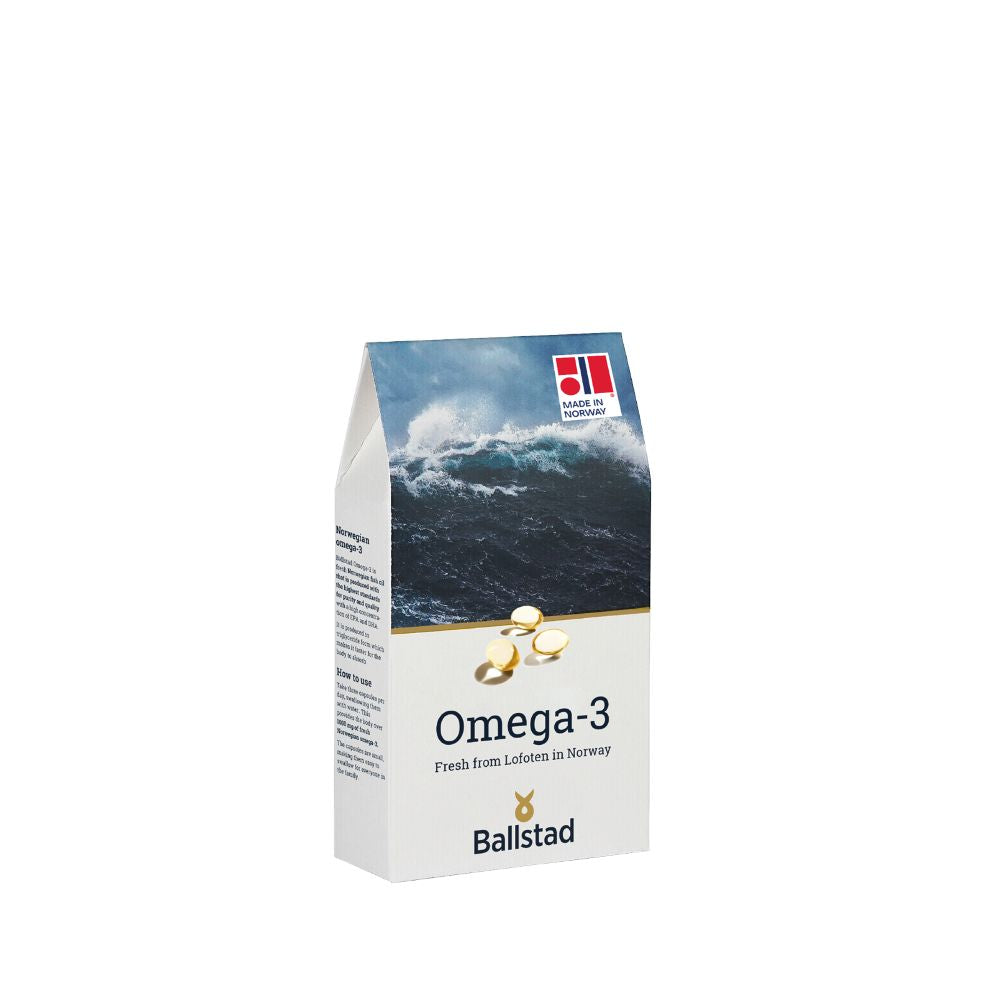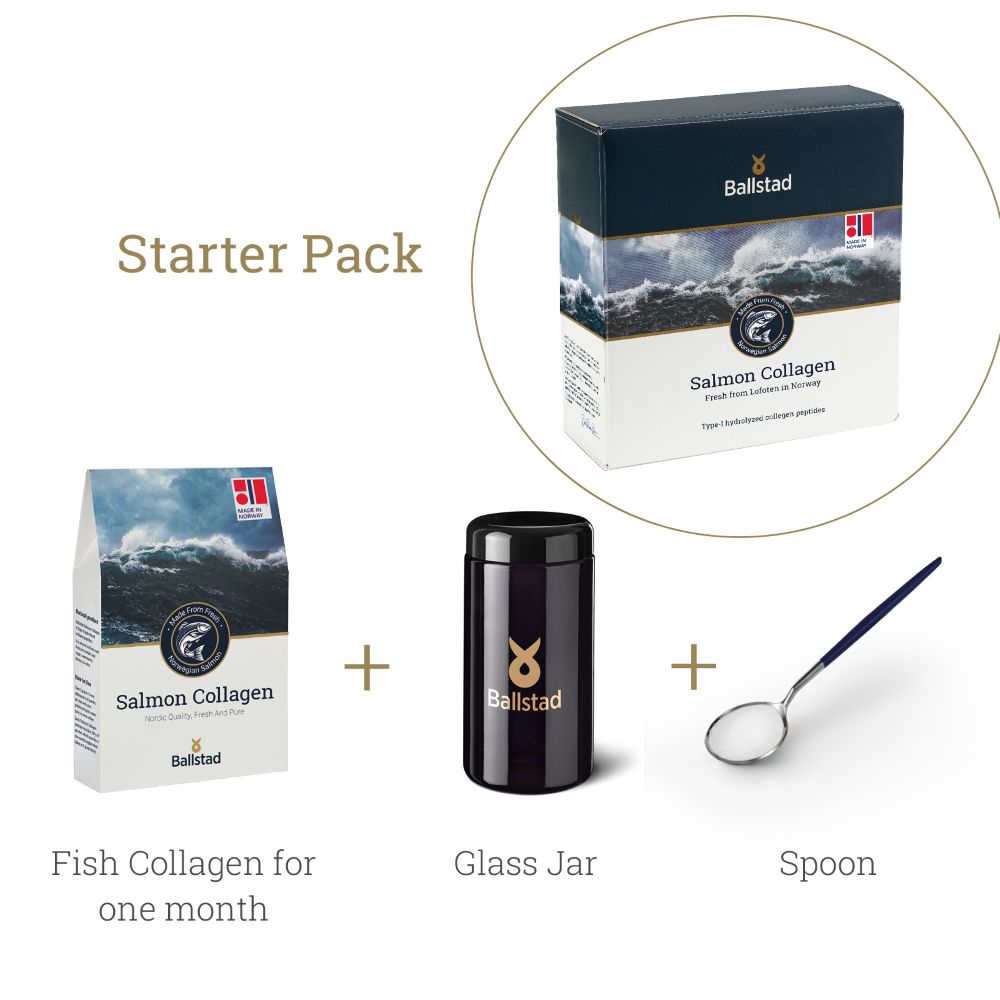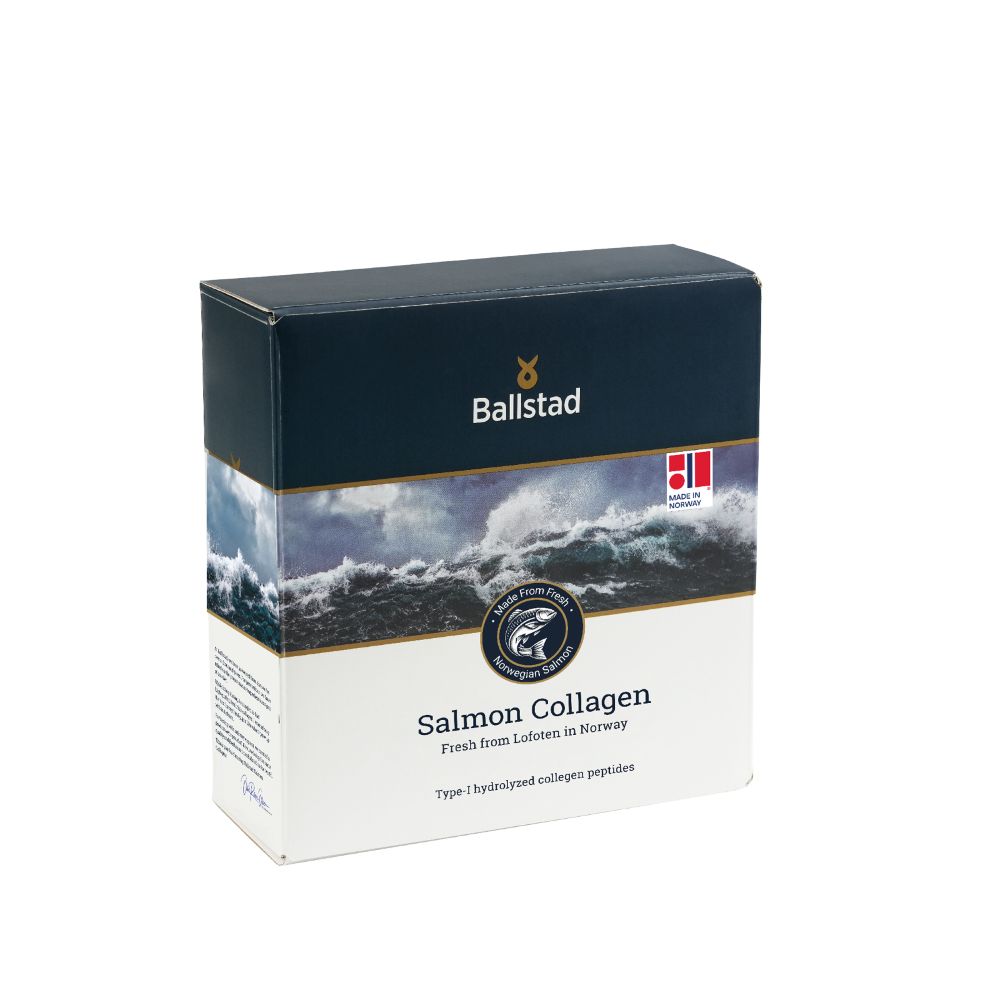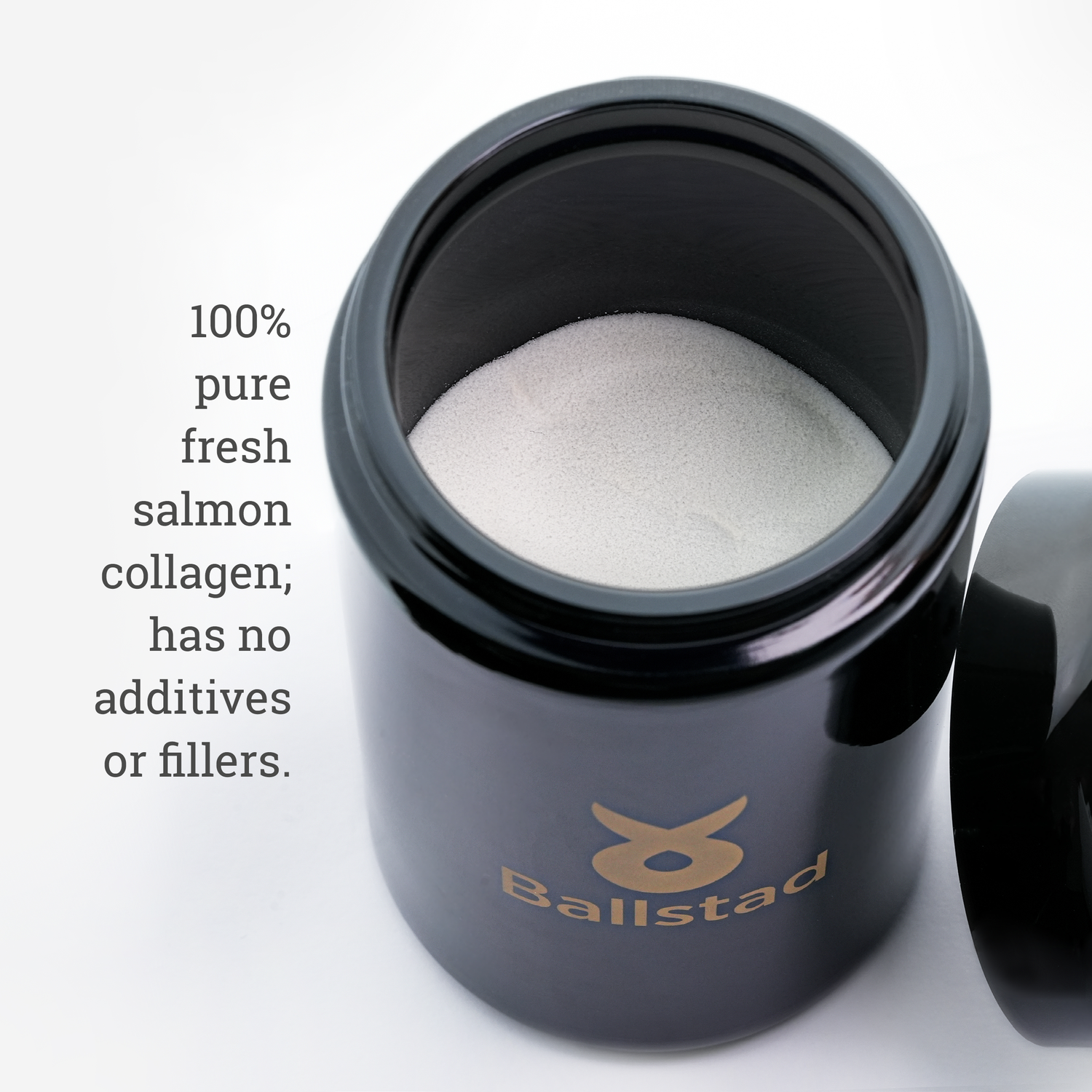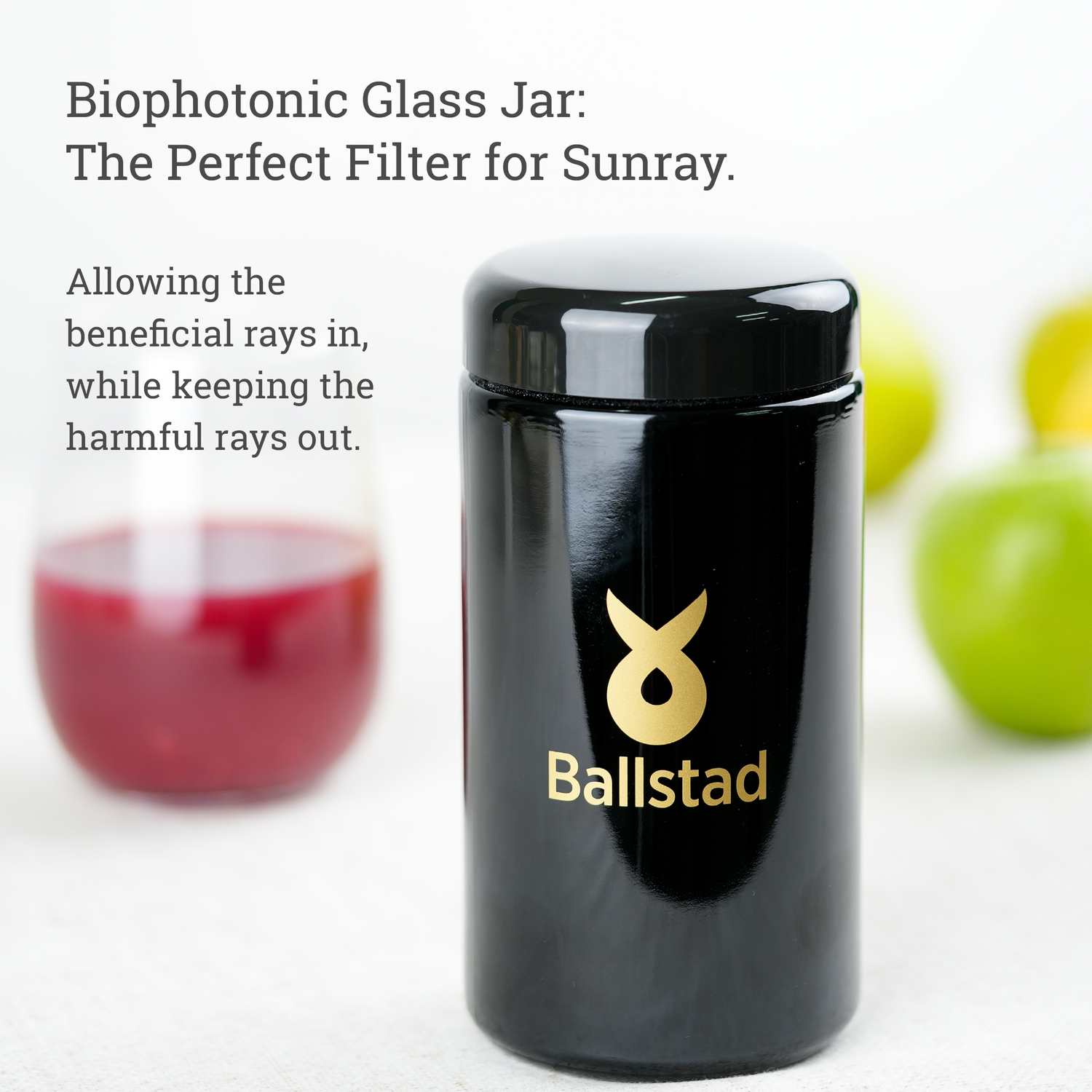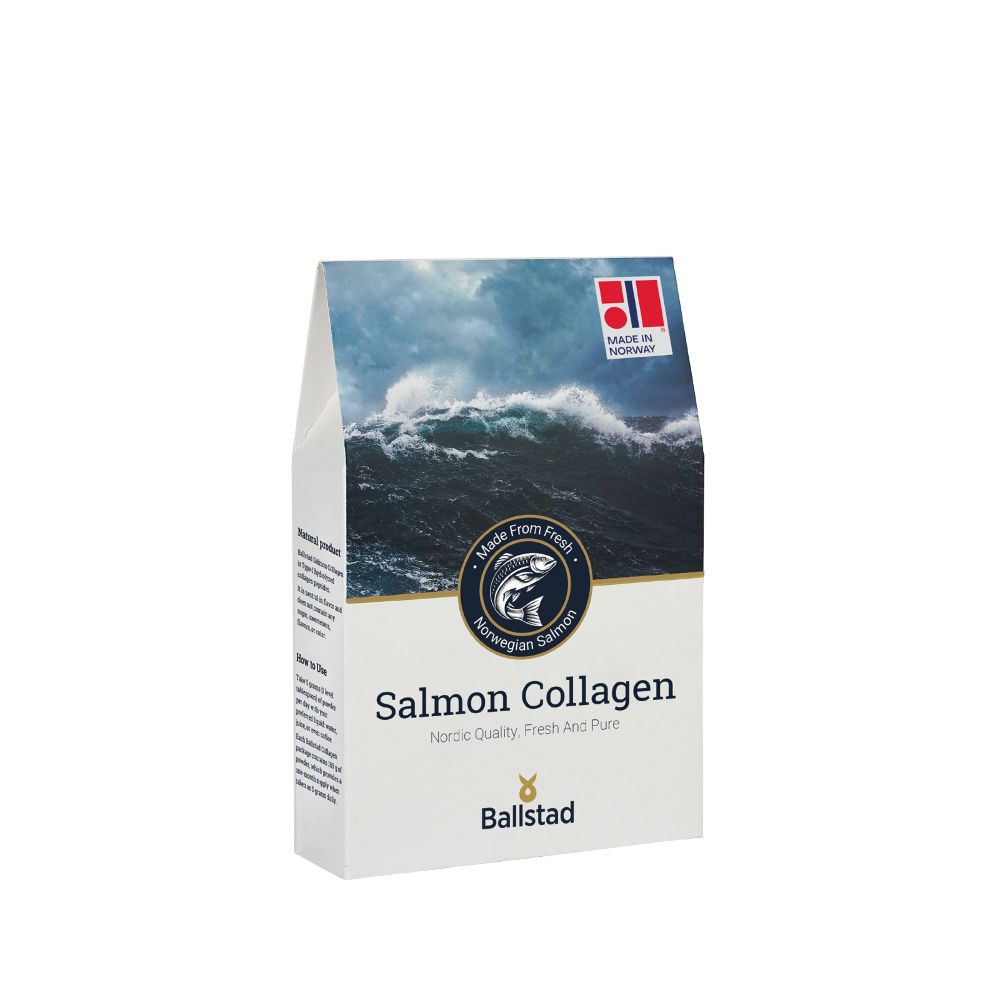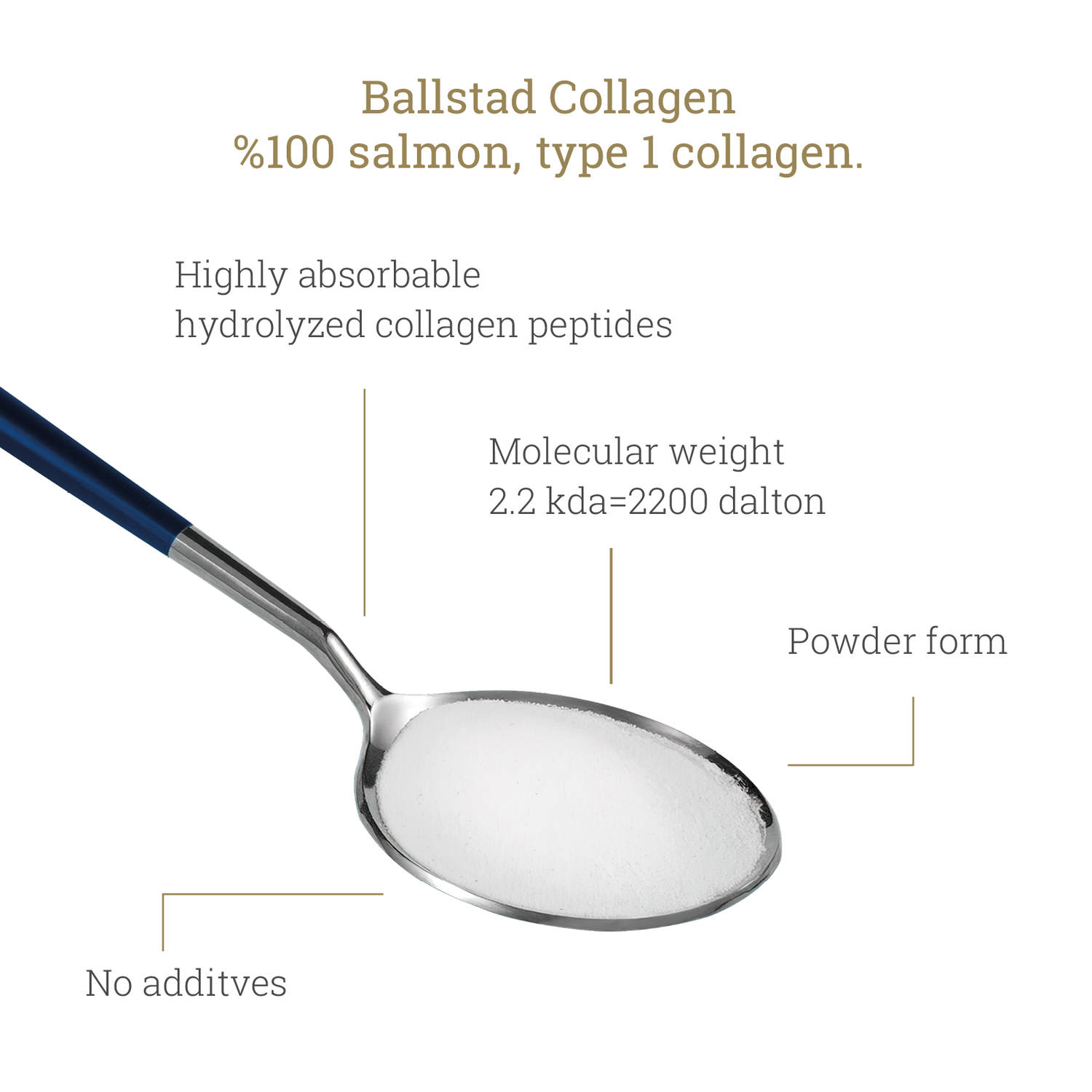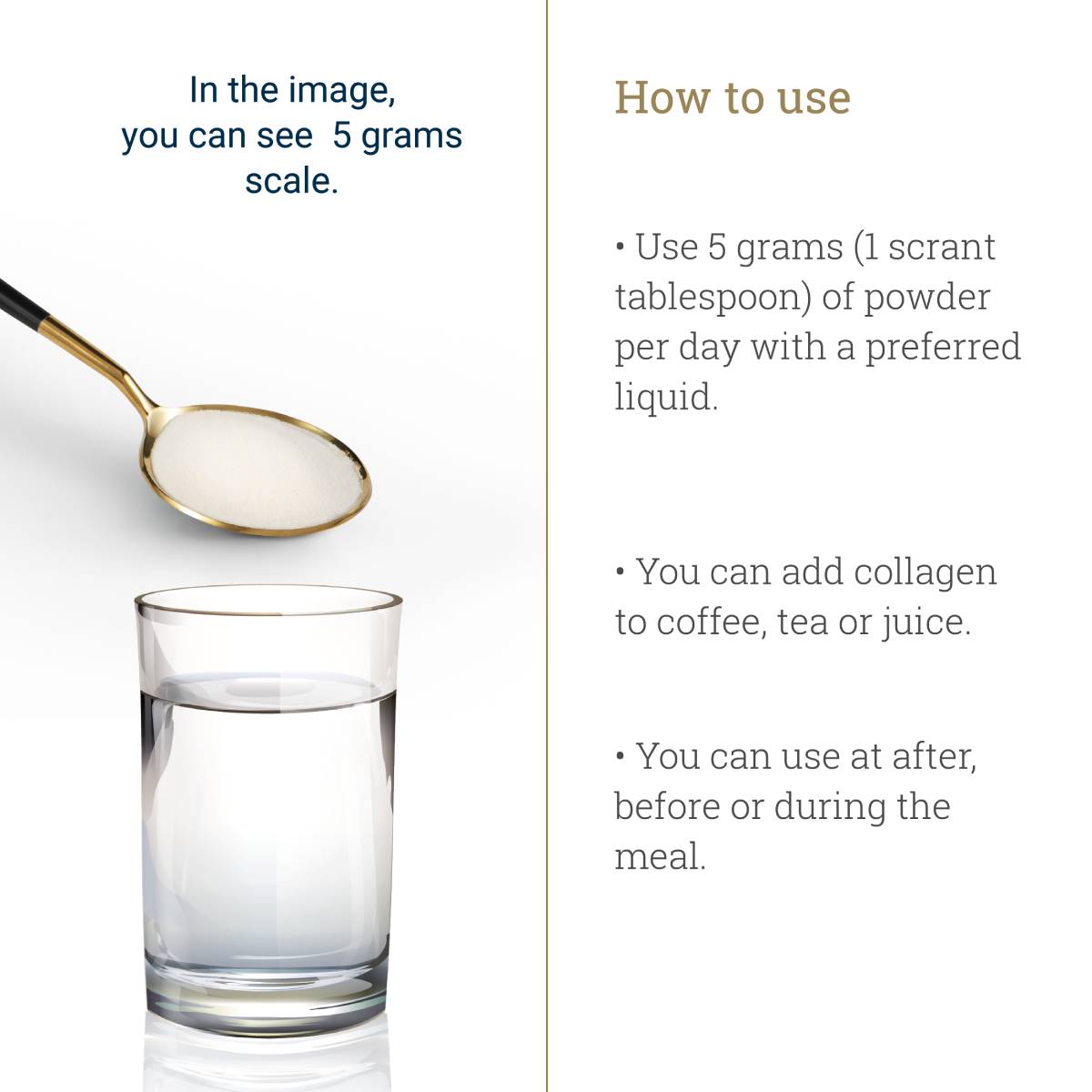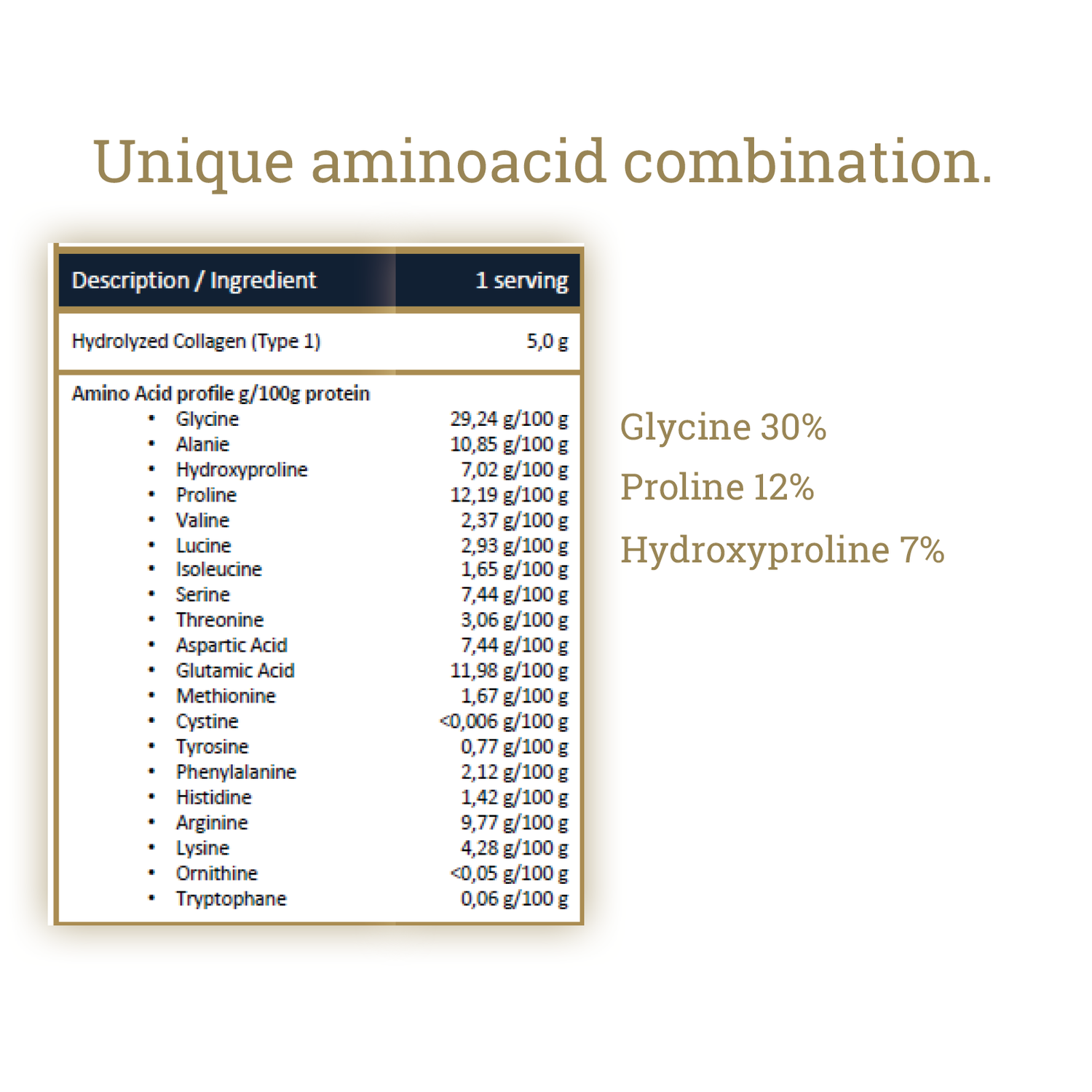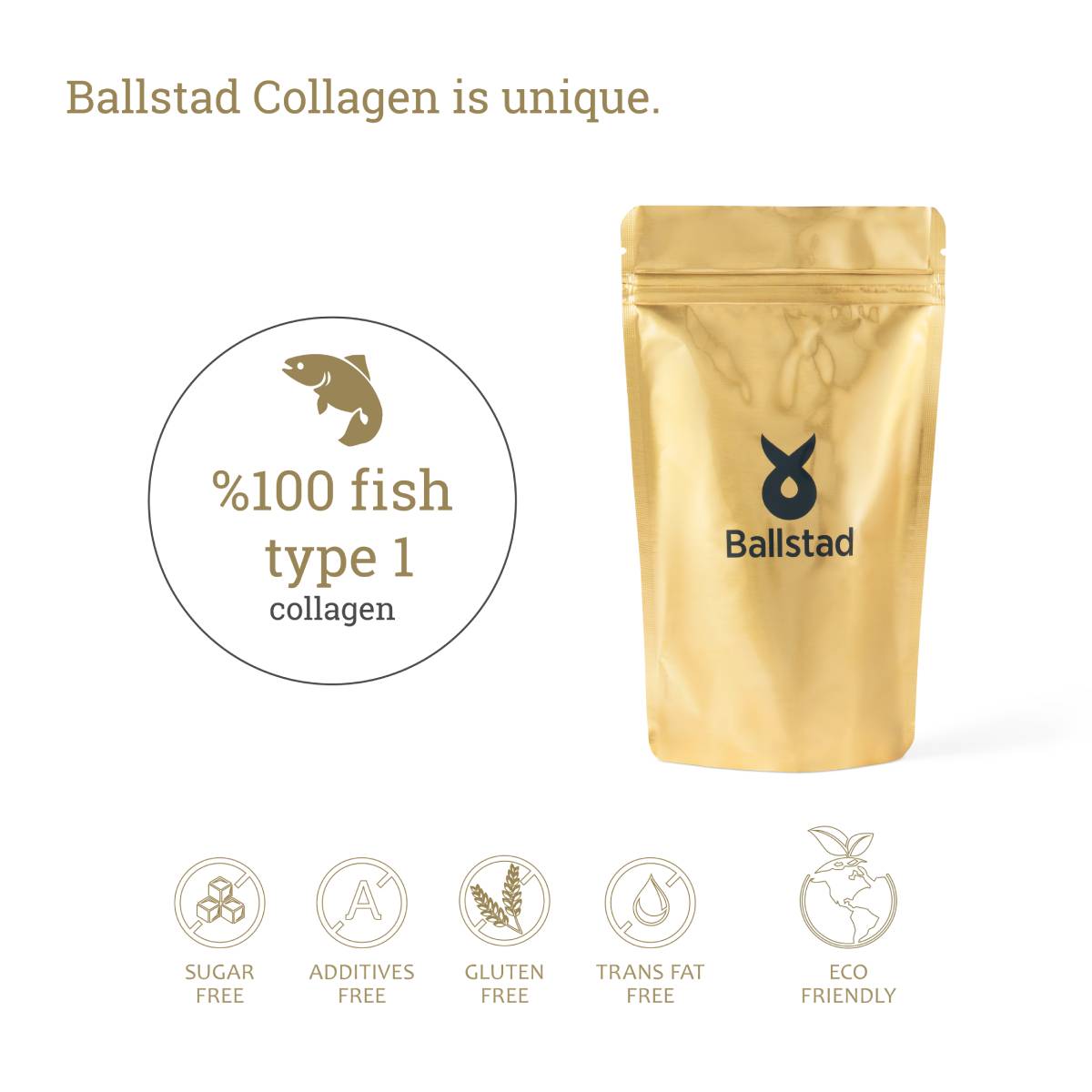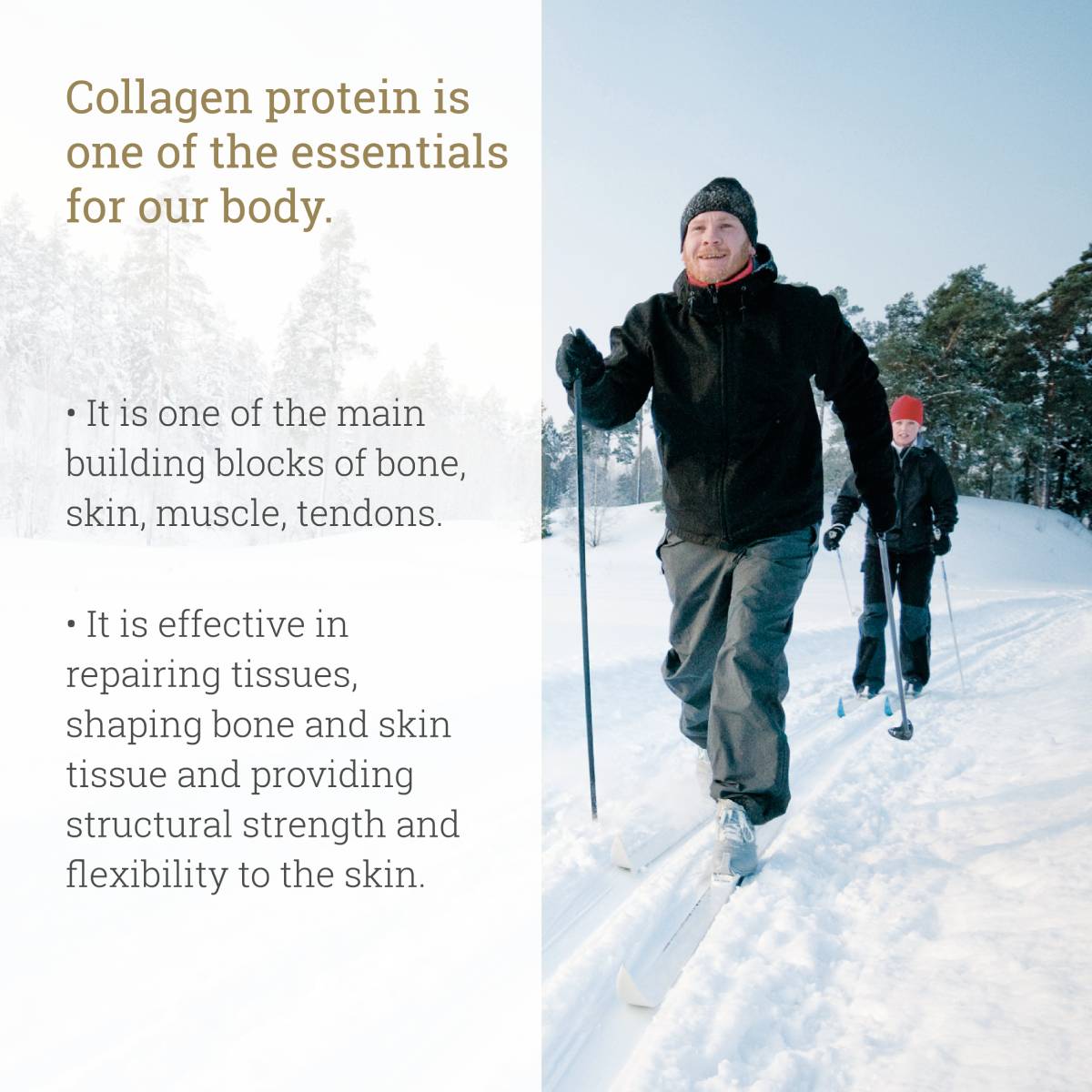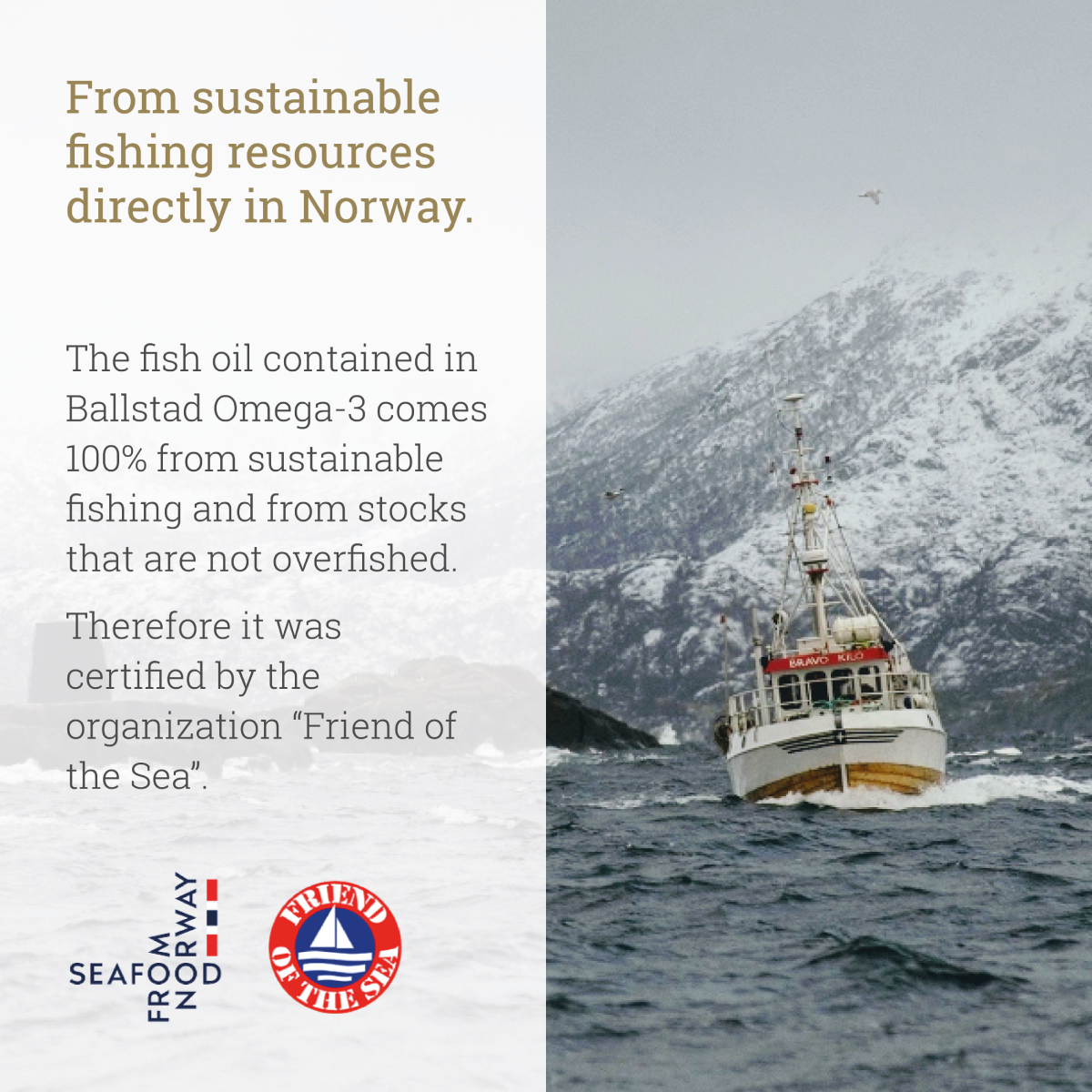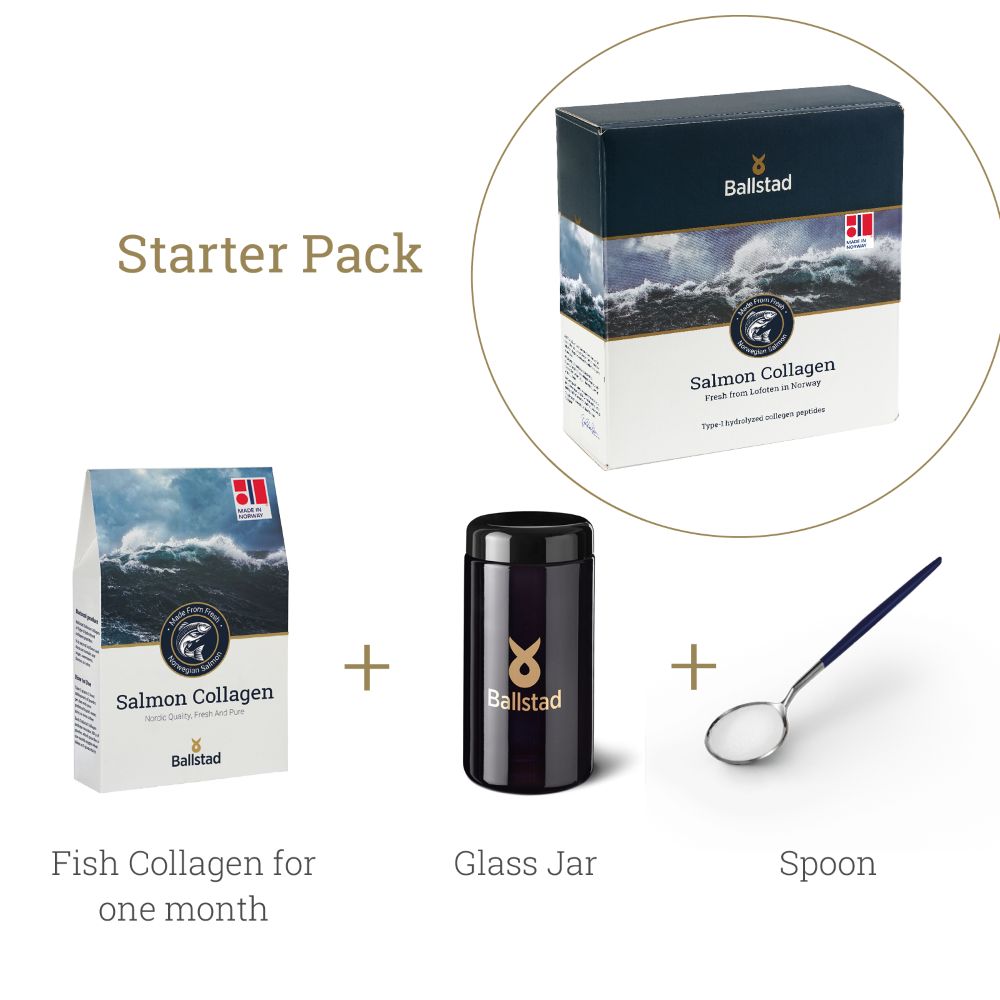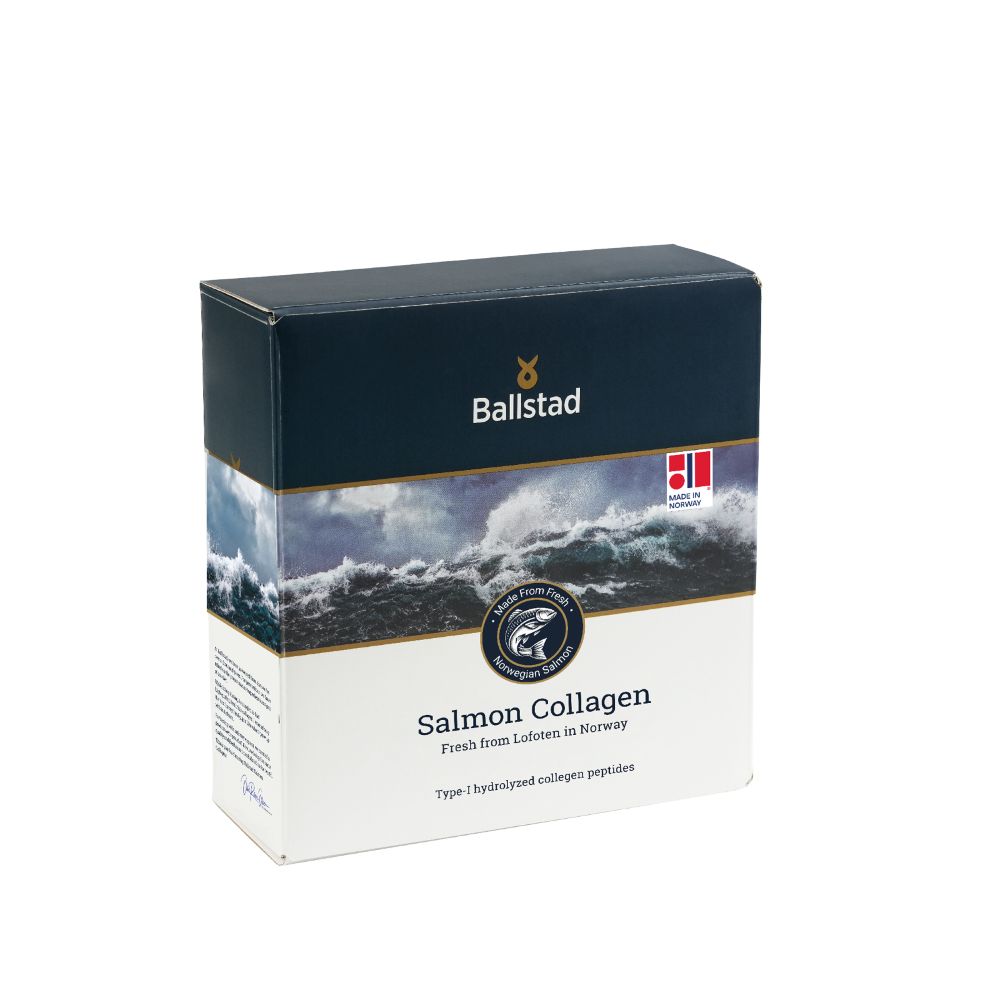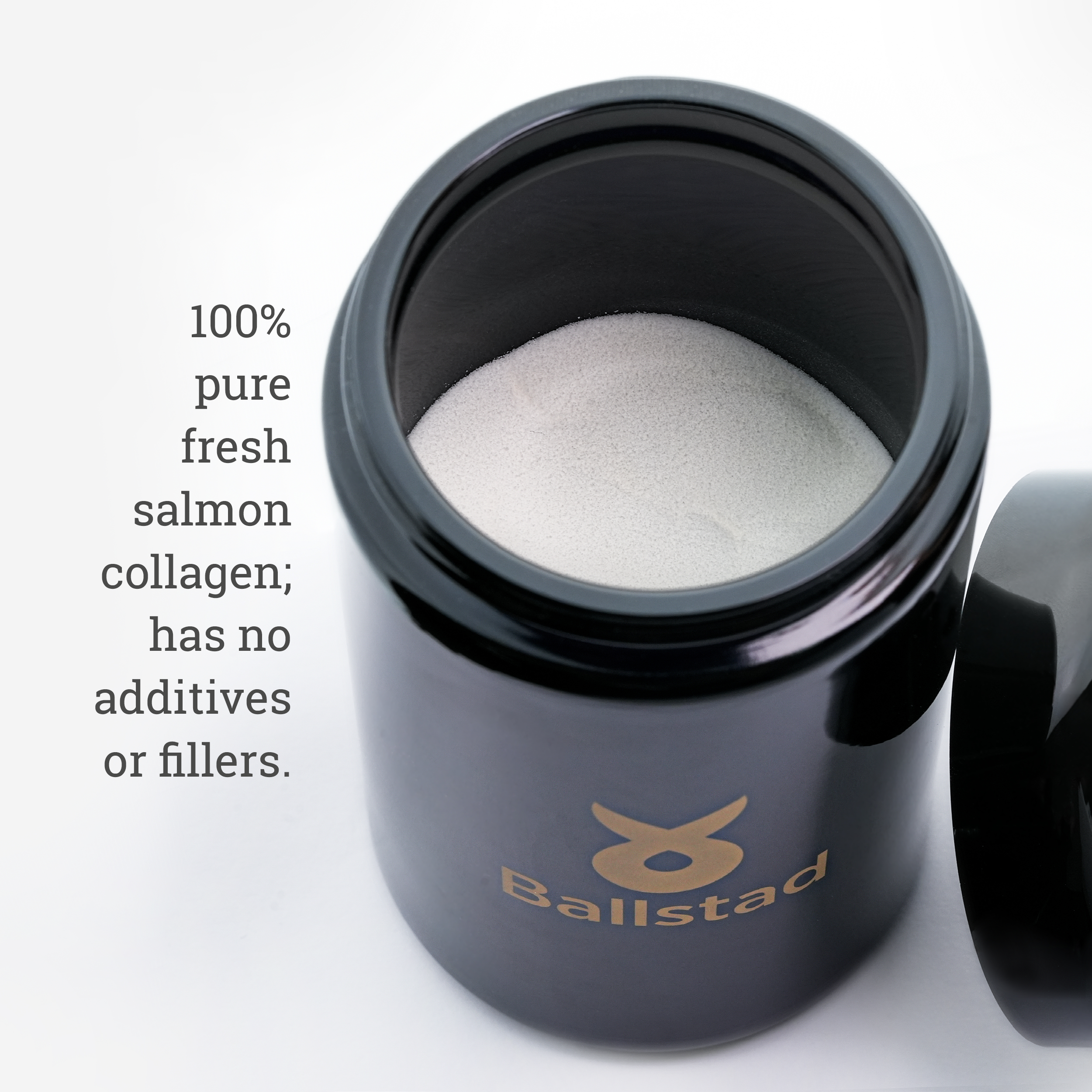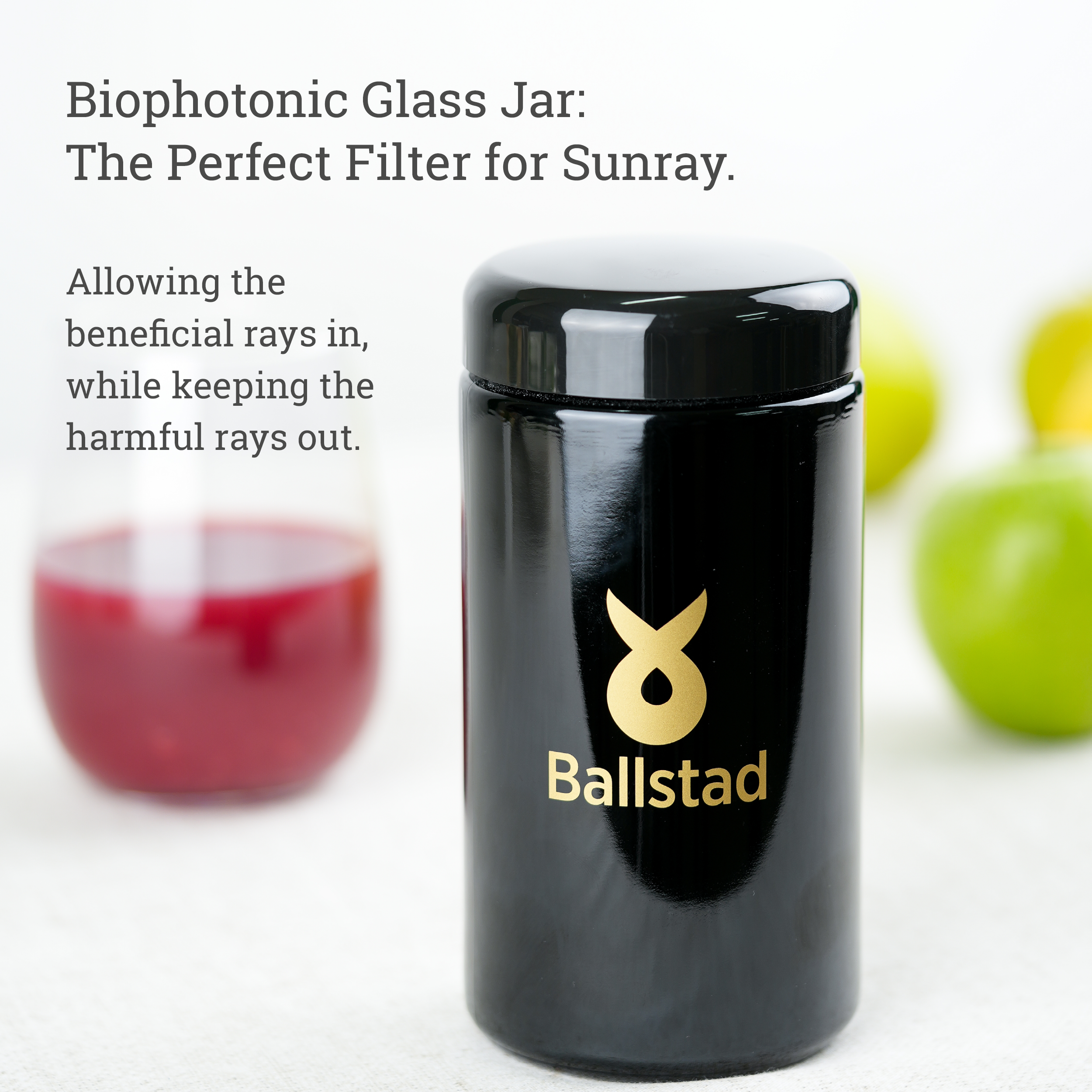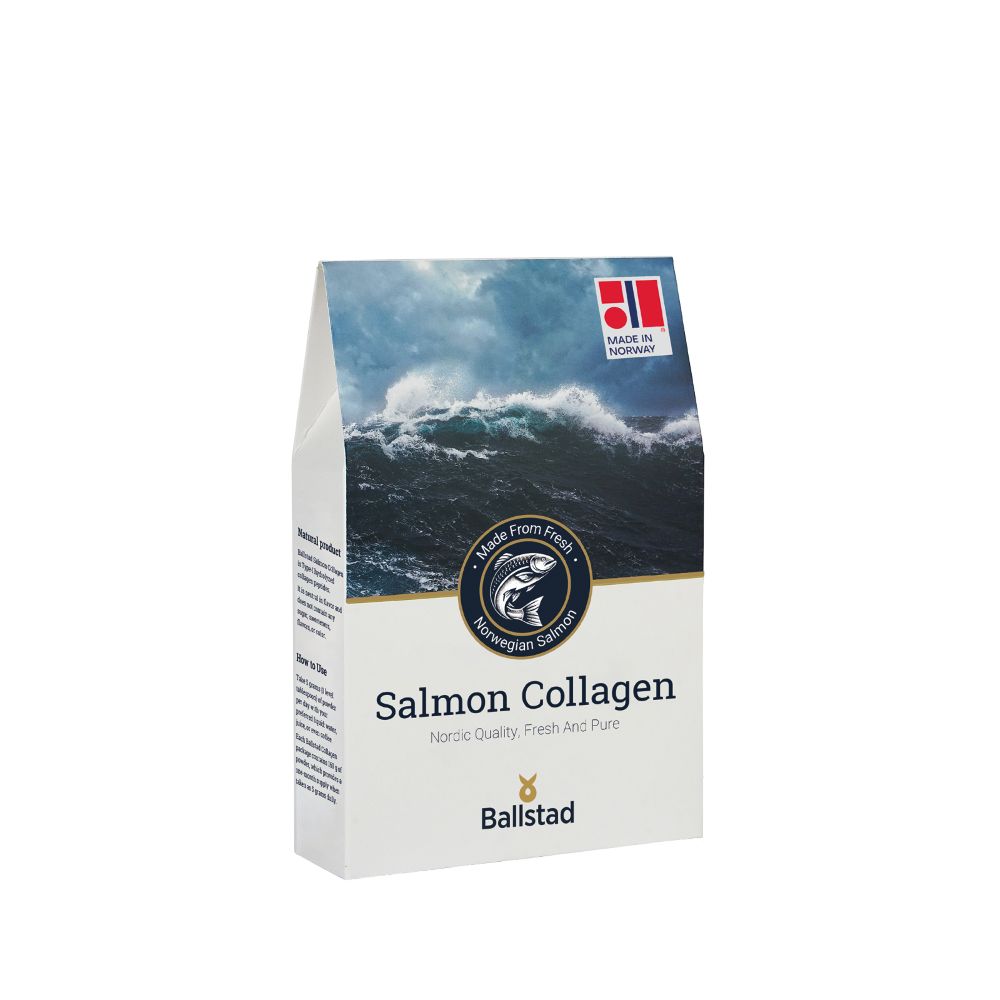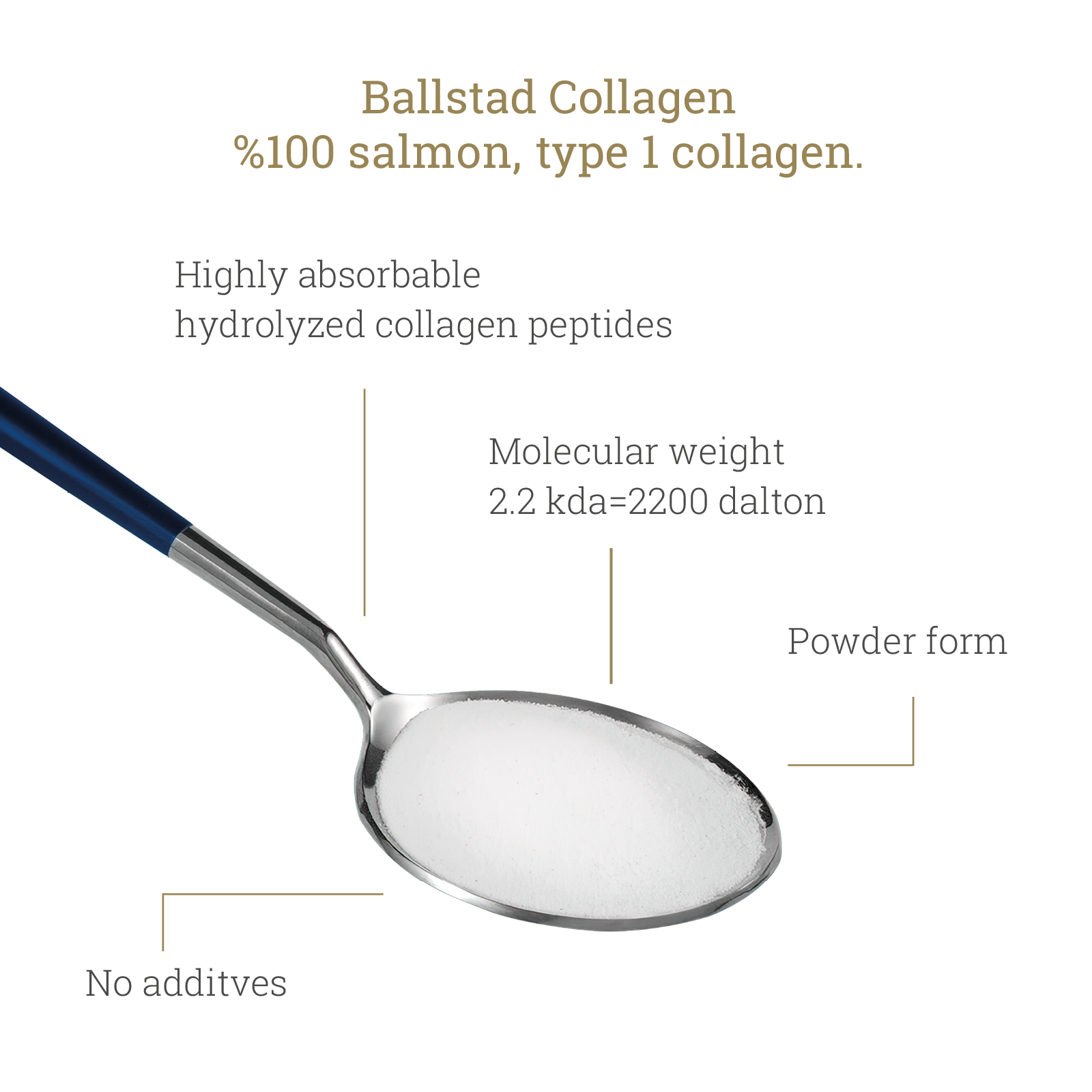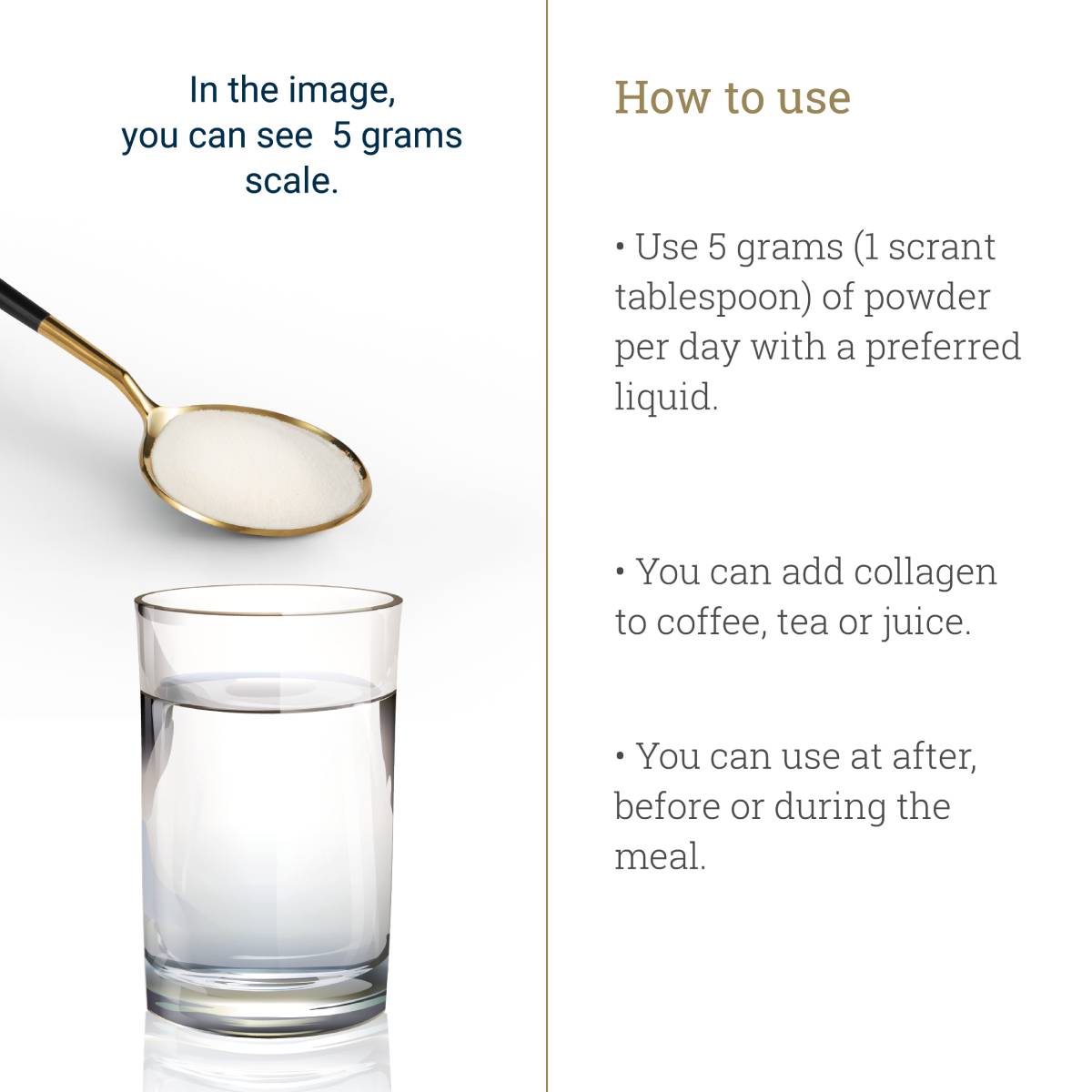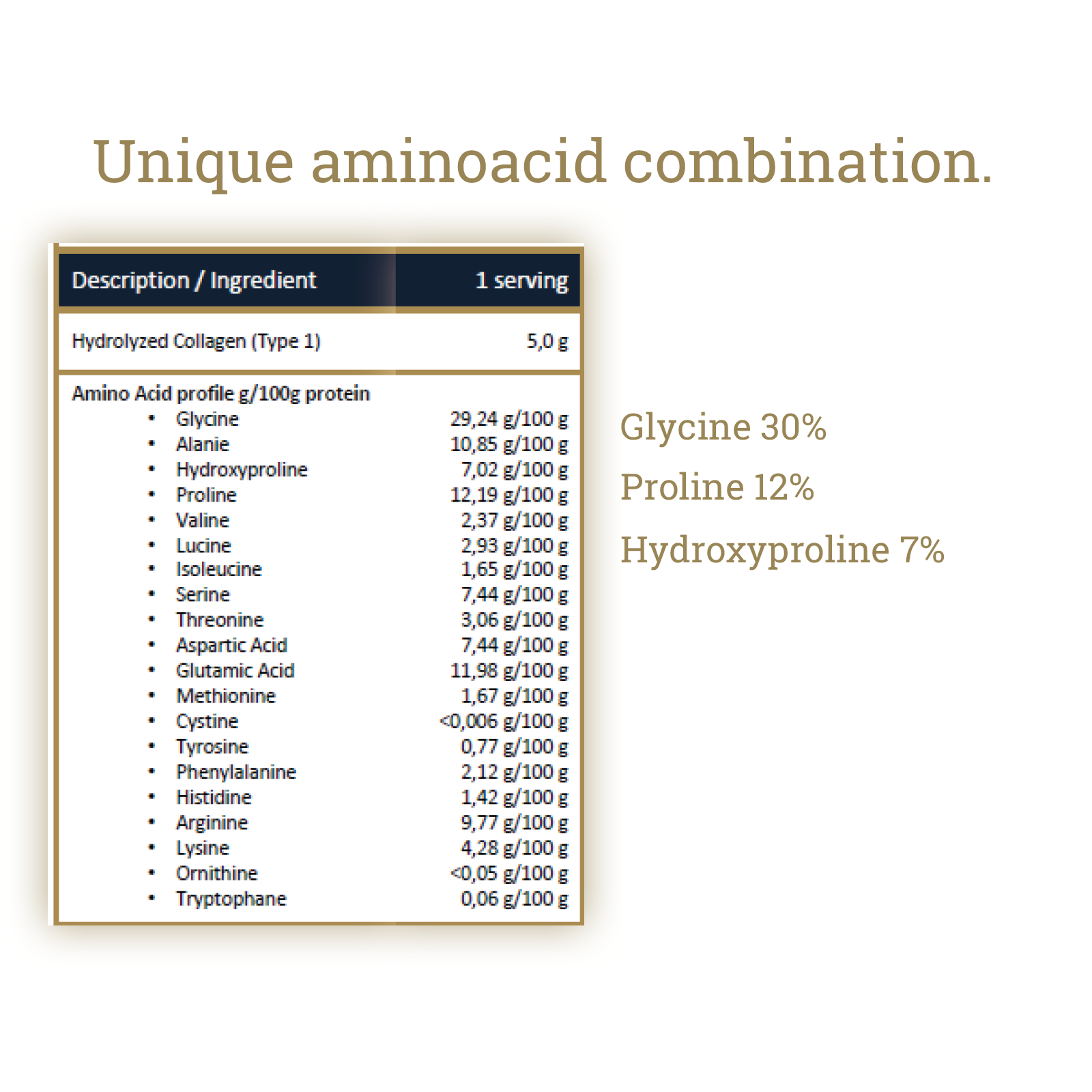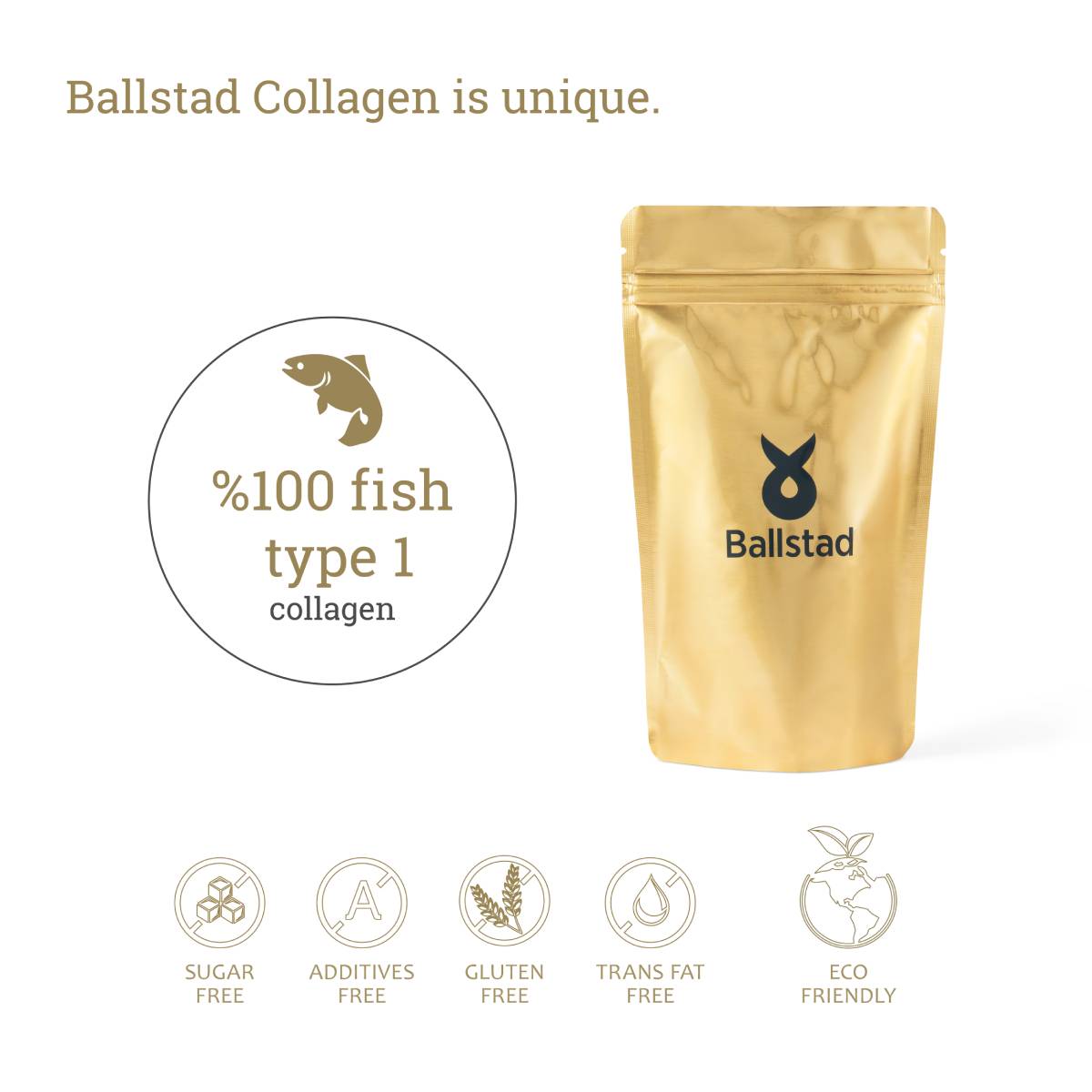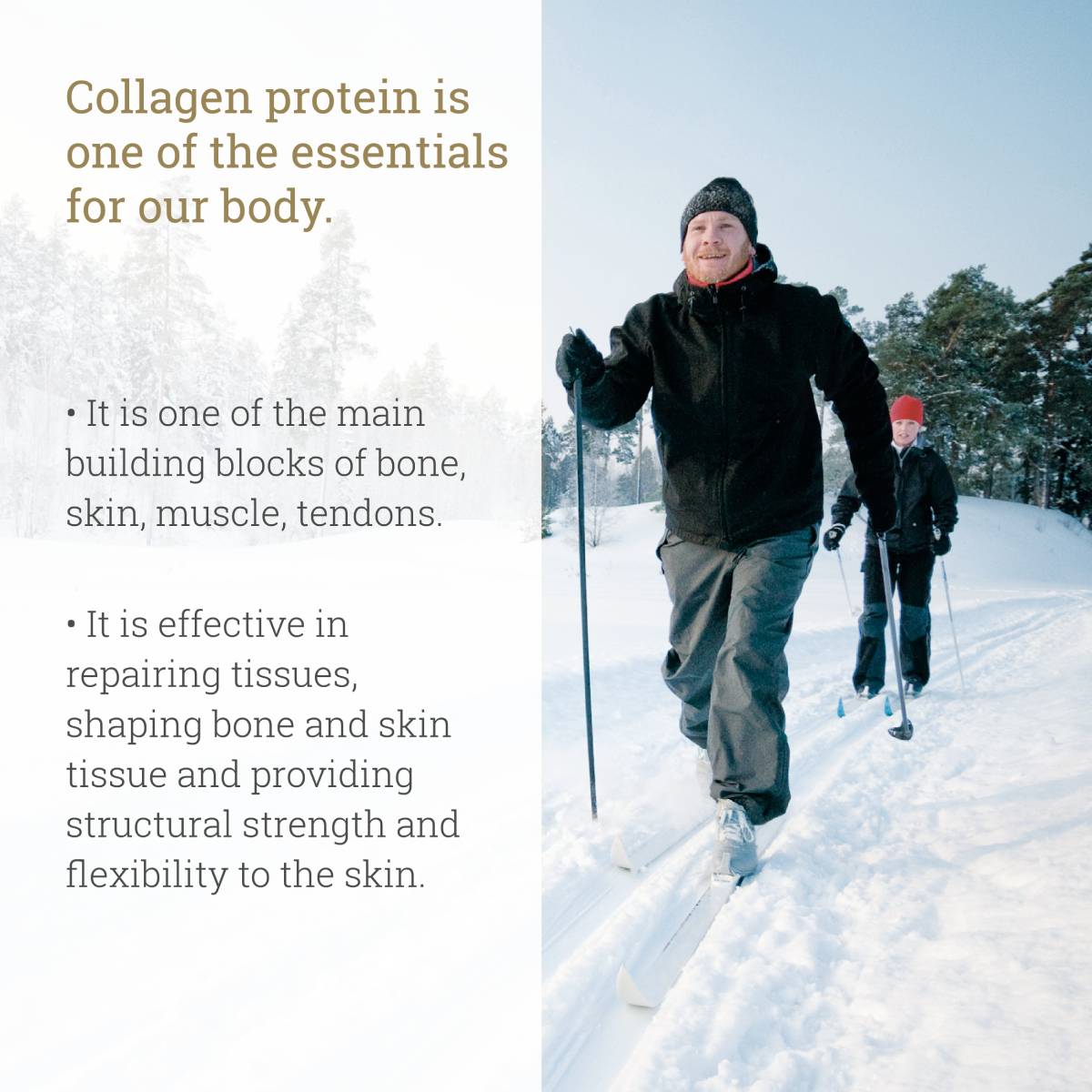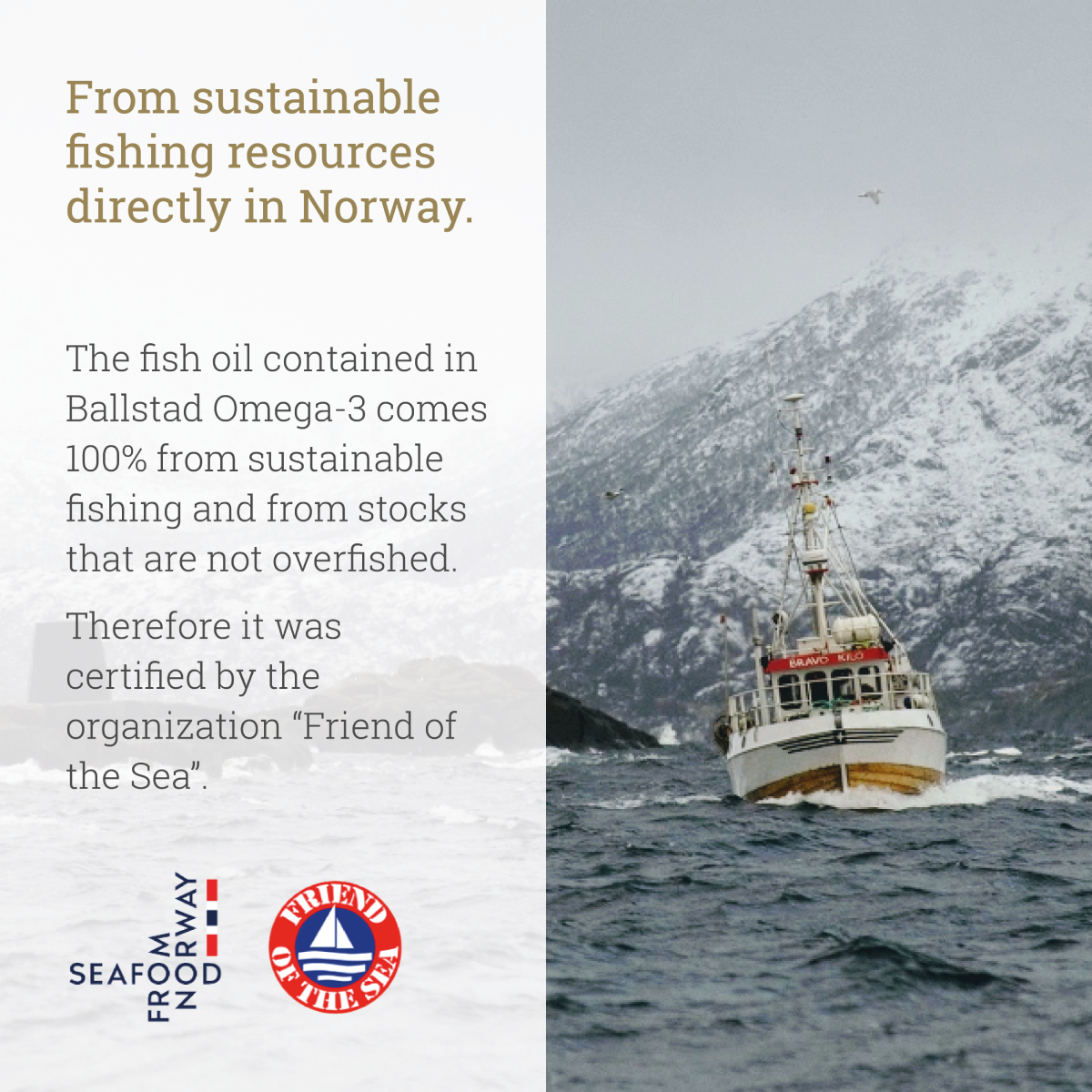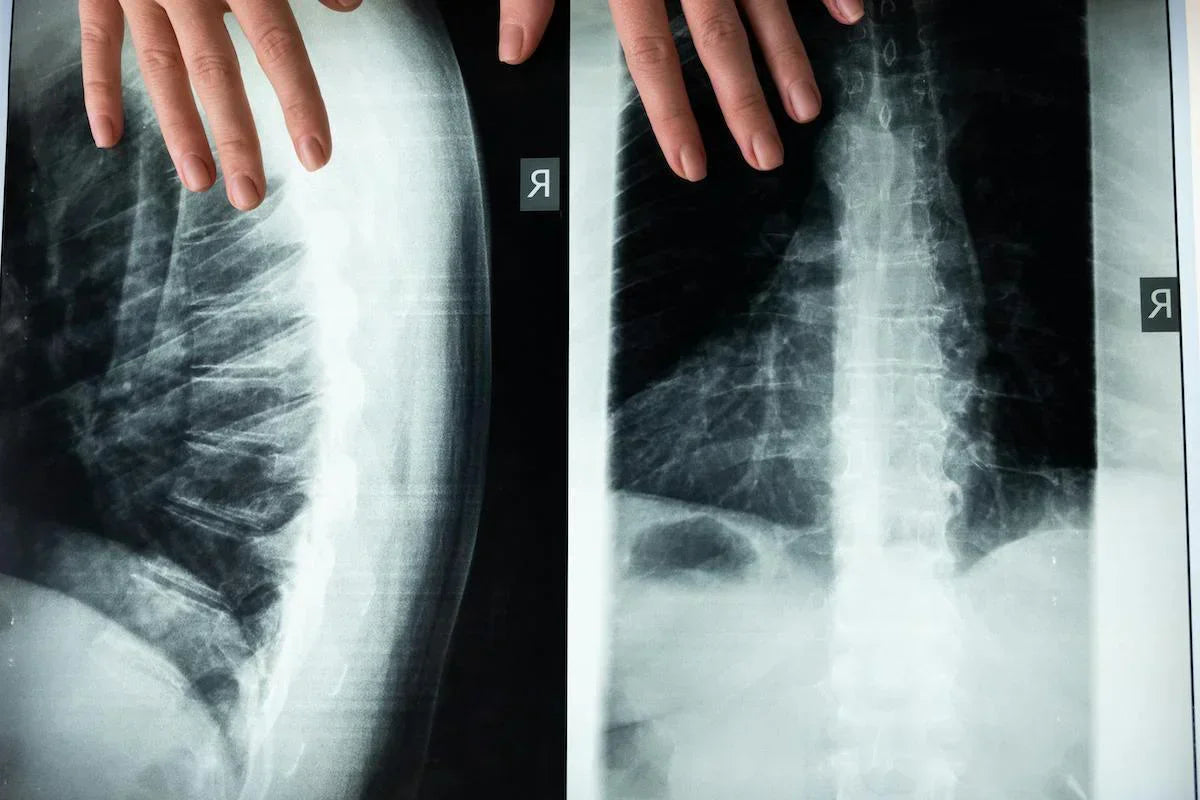When most people talk about collagen, they focus on the results—glowing skin, stronger joints, and healthier hair. But what actually makes collagen so powerful?
At its core, collagen is a protein made of amino acids, the tiny building blocks that give it structure and function. Among them, glycine, proline, and hydroxyproline play a starring role in keeping your body looking and feeling its best.
If you already take collagen—or are considering adding it to your routine—understanding these amino acids helps explain why a high-quality, bioavailable supplement like marine collagen can make such a difference.
Collagen Begins with Amino Acids
Amino acids are like puzzle pieces that join together to form proteins. Collagen is unique because it’s packed with certain amino acids that you don’t get in large amounts from a regular diet.
When you consume collagen (through supplements or collagen-rich foods), your body breaks it down into amino acids, absorbs them, and then uses them to rebuild and repair tissues—from skin and joints to bones and even your gut lining.
Glycine: The Gentle Multi-Tasker
Glycine may be the smallest amino acid, but it has an outsized role in health. It makes up a large portion of collagen and helps keep connective tissues—like skin, joints, and ligaments—both flexible and strong.
Beyond structure, glycine also:
-
Supports relaxation and better sleep
-
Calms the nervous system
-
Fights oxidative stress in the body
If your skin feels dull or you’re often low on energy, collagen supplements rich in glycine can give your system the extra support it needs.
Proline and Hydroxyproline: The Structure Squad
Another important pair are proline and hydroxyproline. Proline becomes hydroxyproline when an oxygen molecule attaches, and together, they are unique to collagen.
Their roles include:
-
Supporting the triple-helix structure of collagen, which gives it strength and flexibility
-
Helping with wound healing and tissue repair
-
Maintaining skin firmness and elasticity
If your skin feels less bouncy or your joints are showing signs of wear, proline and hydroxyproline are the amino acids that step in to help.
The Other Amino Acids in Collagen
While glycine, proline, and hydroxyproline are the “big three,” collagen also contains other supportive amino acids:
-
Arginine: Boosts blood flow and wound healing
-
Glutamine: Helps maintain gut lining integrity
-
Alanine: Plays a role in energy production
Together, this unique amino acid profile is what makes collagen such a powerful protein for whole-body health.
Why Marine Collagen Has the Edge
Not all collagen is the same. Marine collagen, especially from wild-caught fish like Norwegian salmon, is known for being highly bioavailable—meaning the body absorbs and uses it more efficiently than bovine or porcine collagen.
It’s also naturally rich in Type I collagen, the type most important for skin, bones, and nails.
Ballstad Salmon Collagen offers a pure, clean, and effective option:
-
Rich in essential amino acids
-
Odorless, tasteless, and easy to mix
-
Sustainably sourced from the pristine waters of Norway
It delivers collagen in its most usable form, without any fishy aftertaste.
The Bottom Line: Think Amino Acids
Collagen isn’t just about beauty buzzwords—it’s about amino acids. Glycine, proline, and hydroxyproline are the compounds that give collagen its unique power to strengthen joints, improve skin elasticity, and support overall resilience.
Choosing a collagen supplement that’s rich in these amino acids and easy for your body to absorb makes all the difference.

